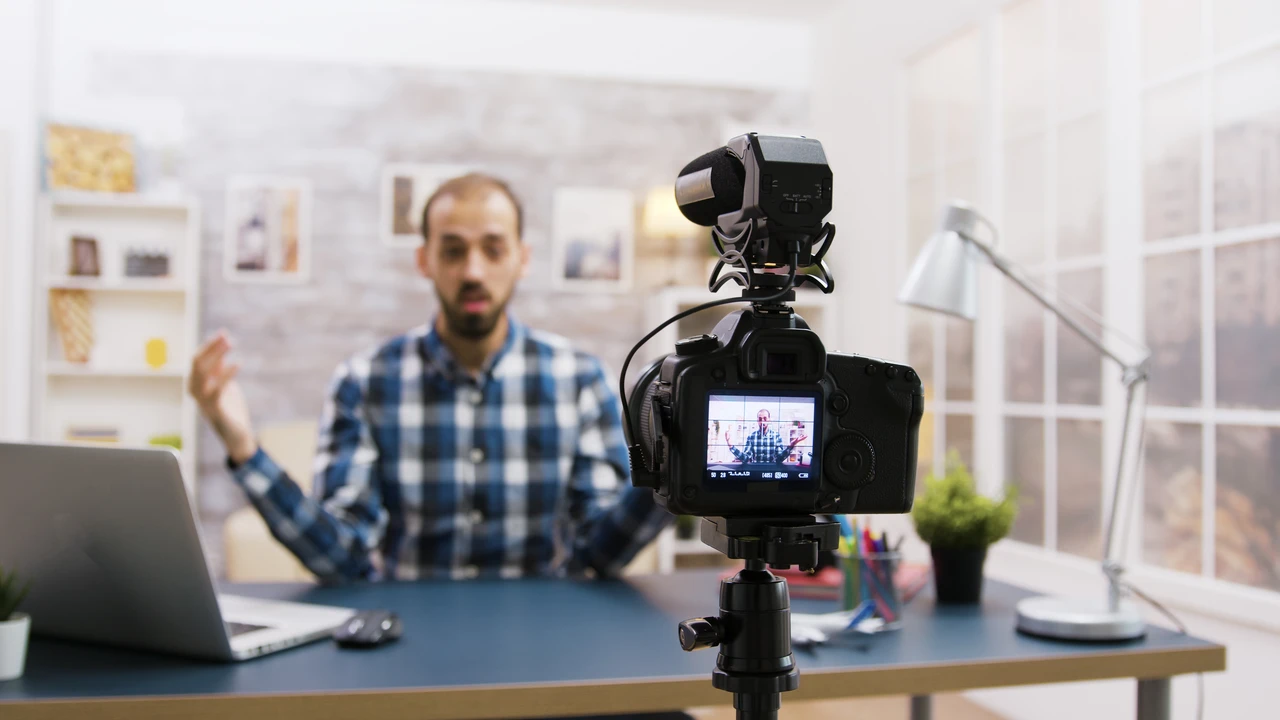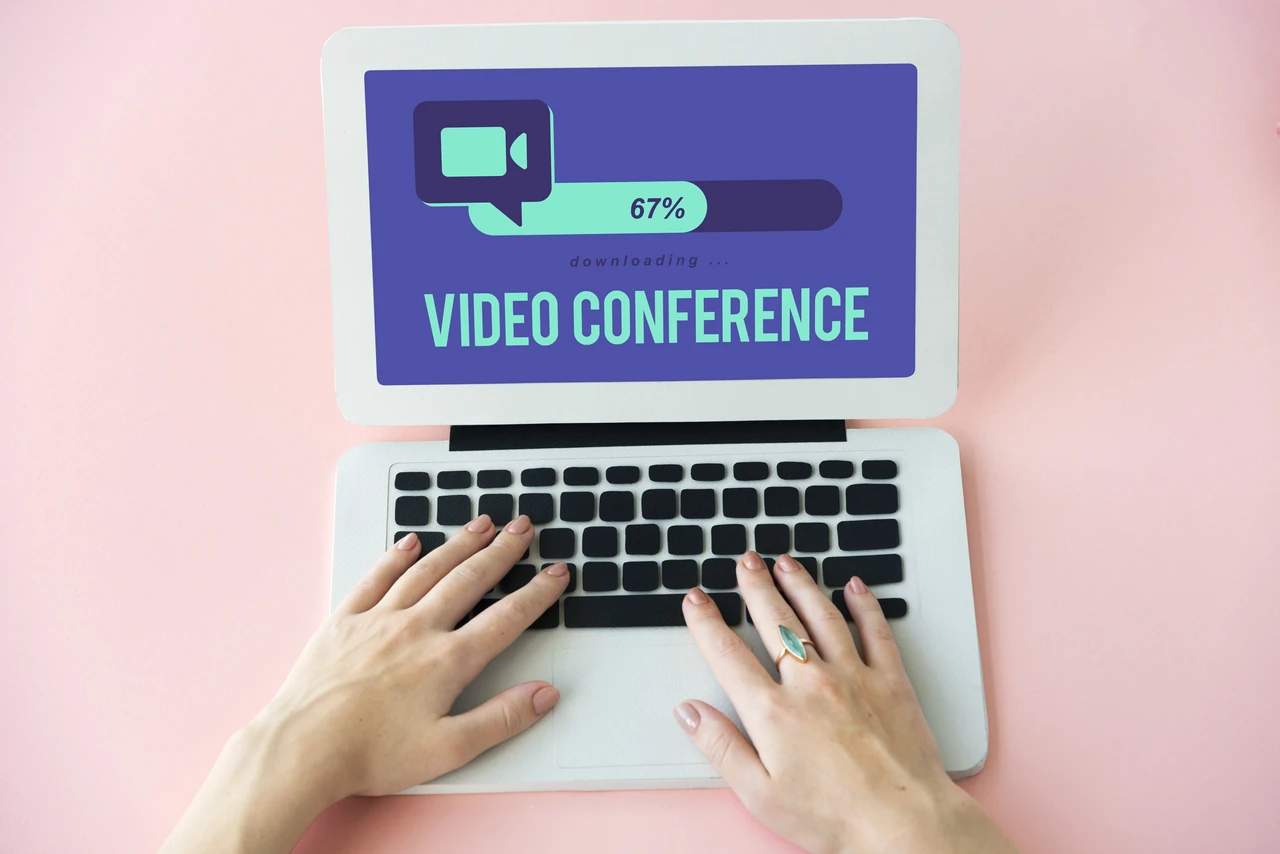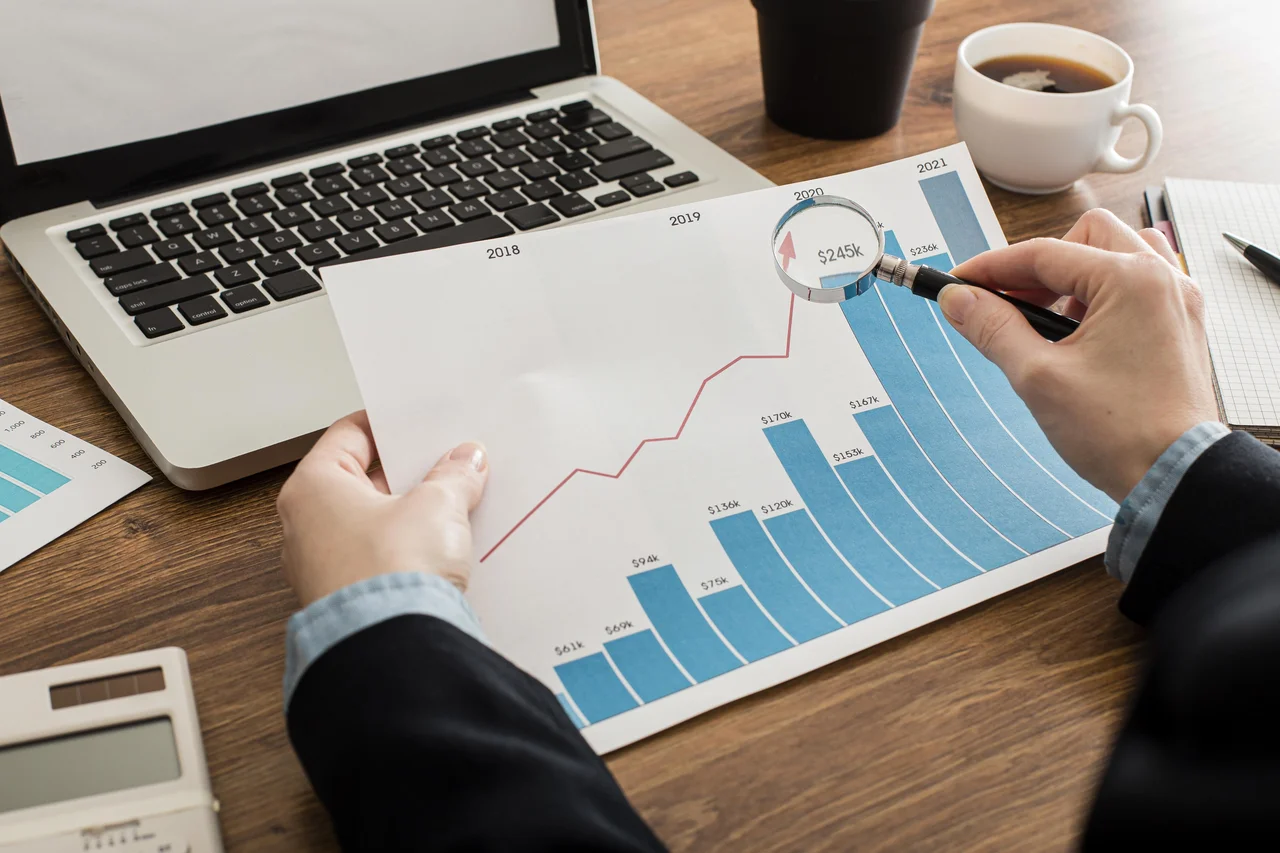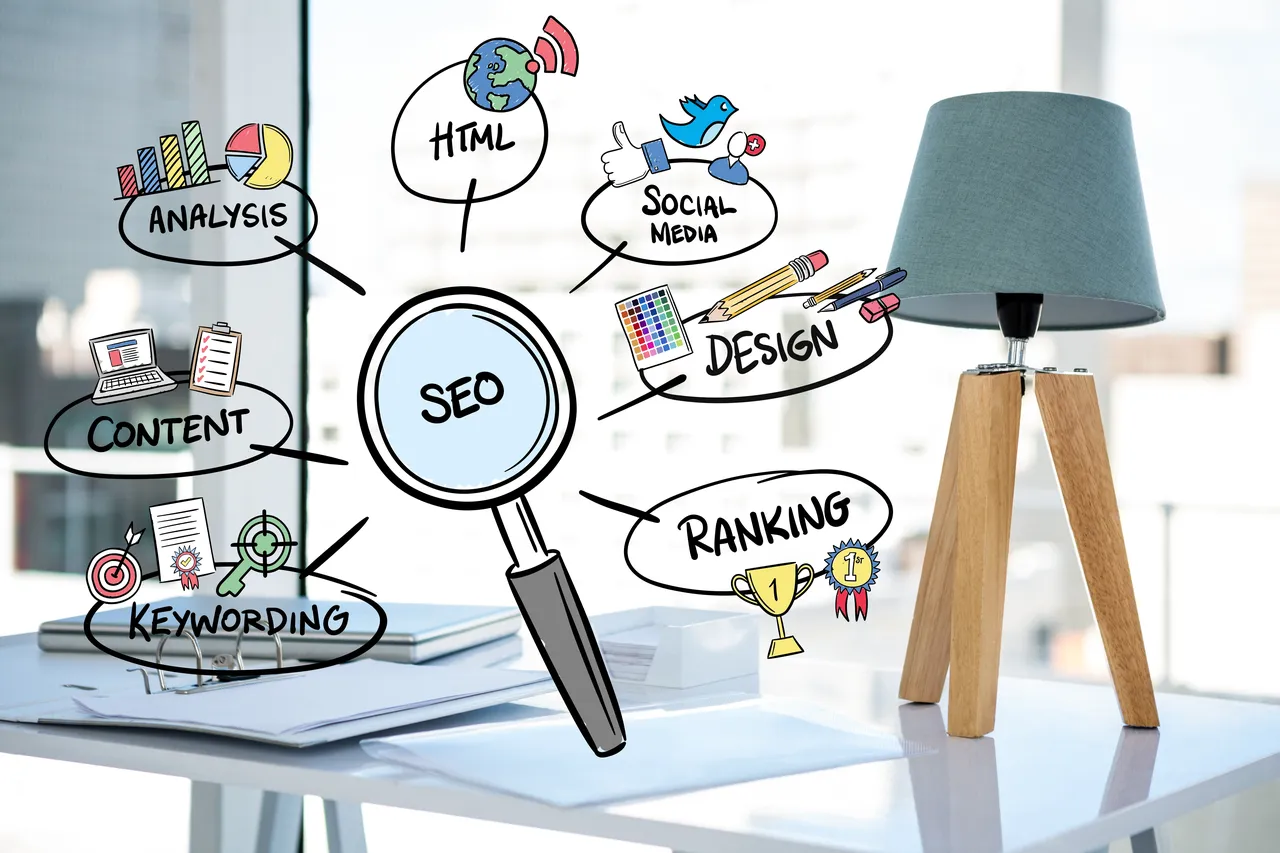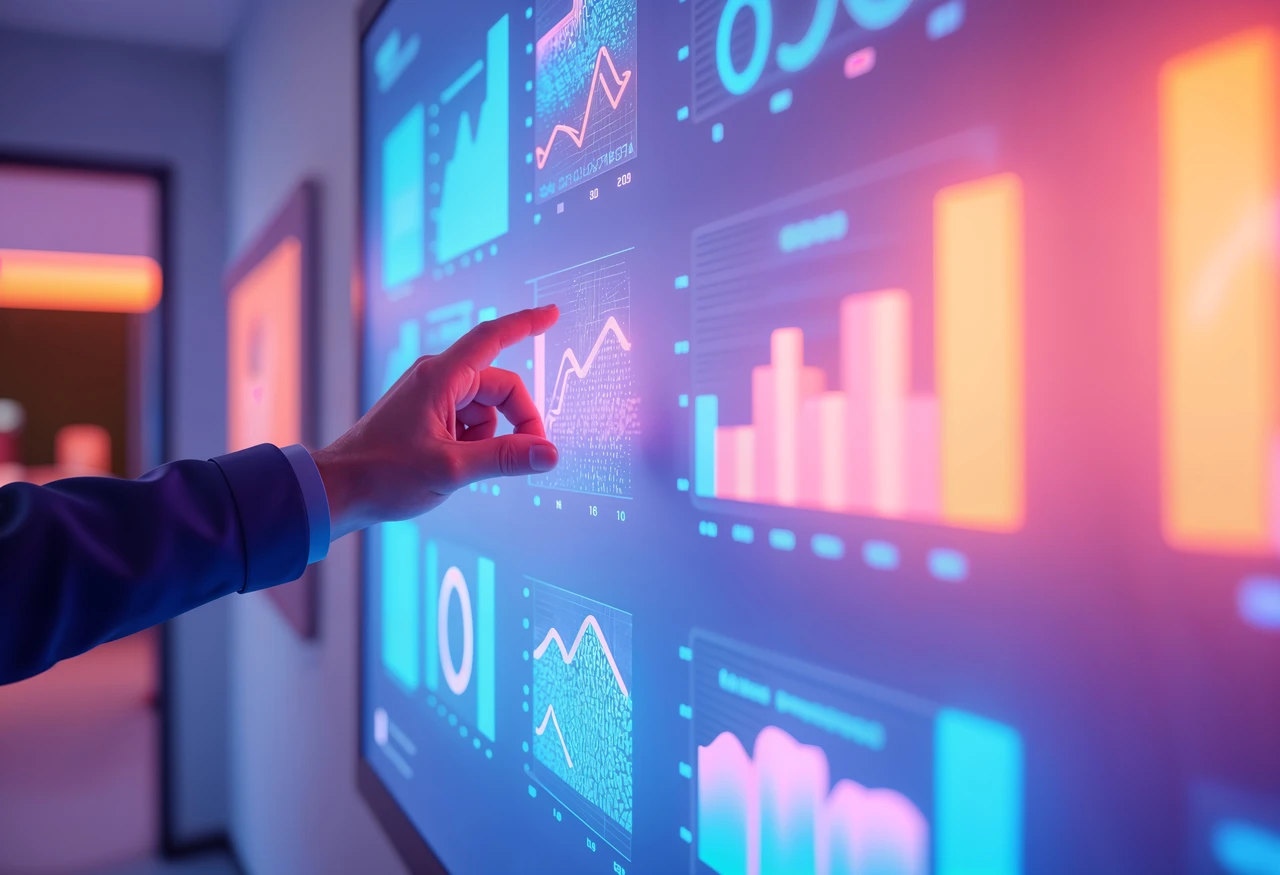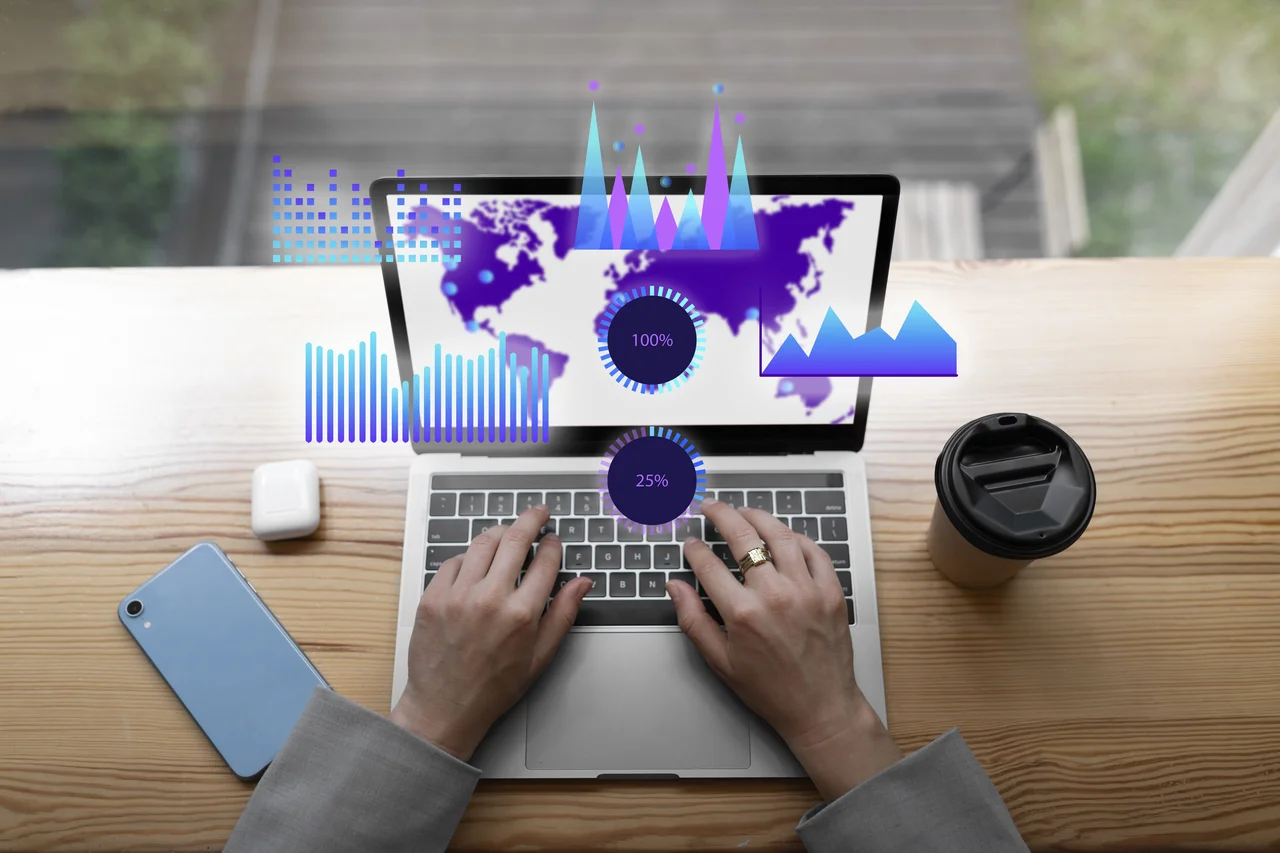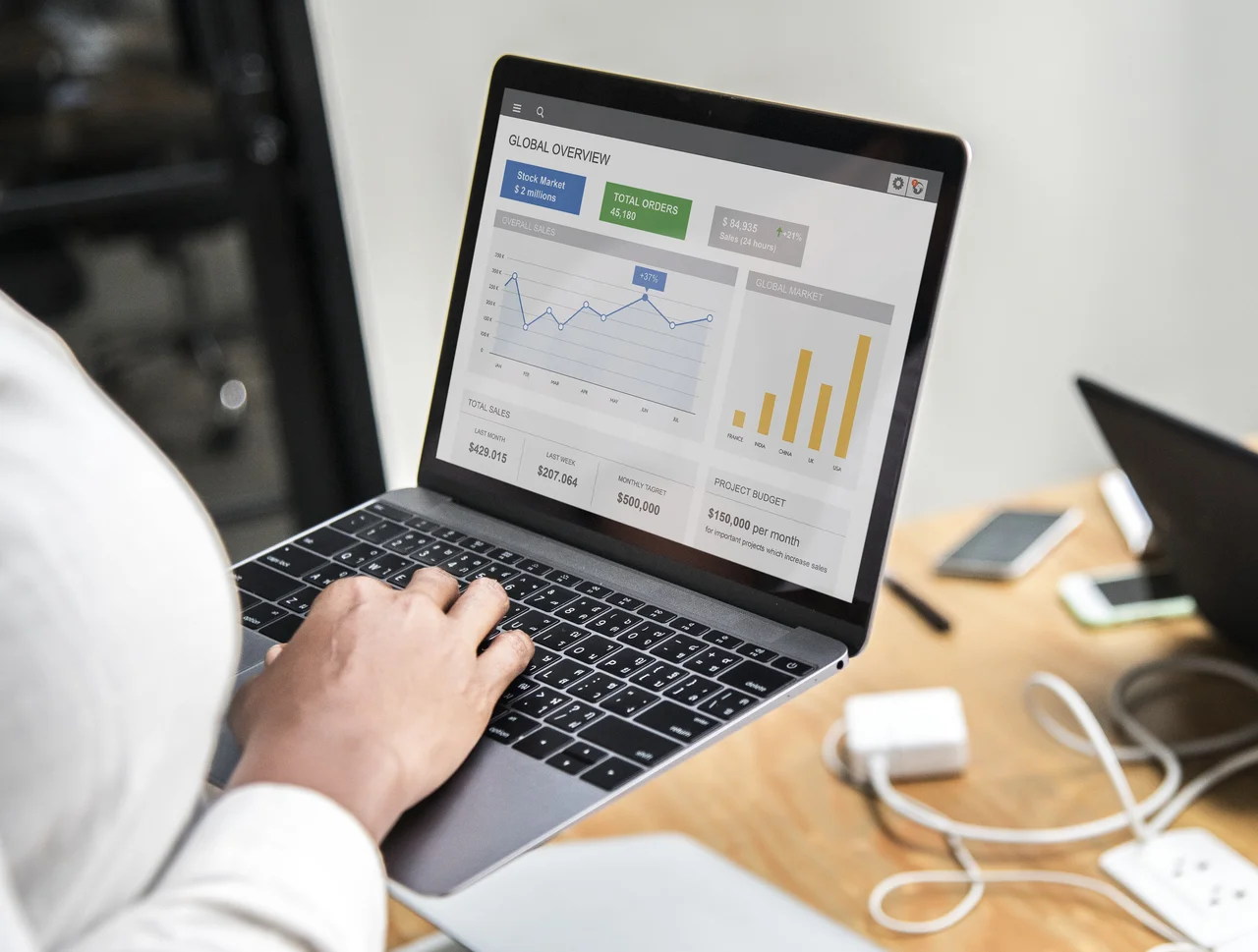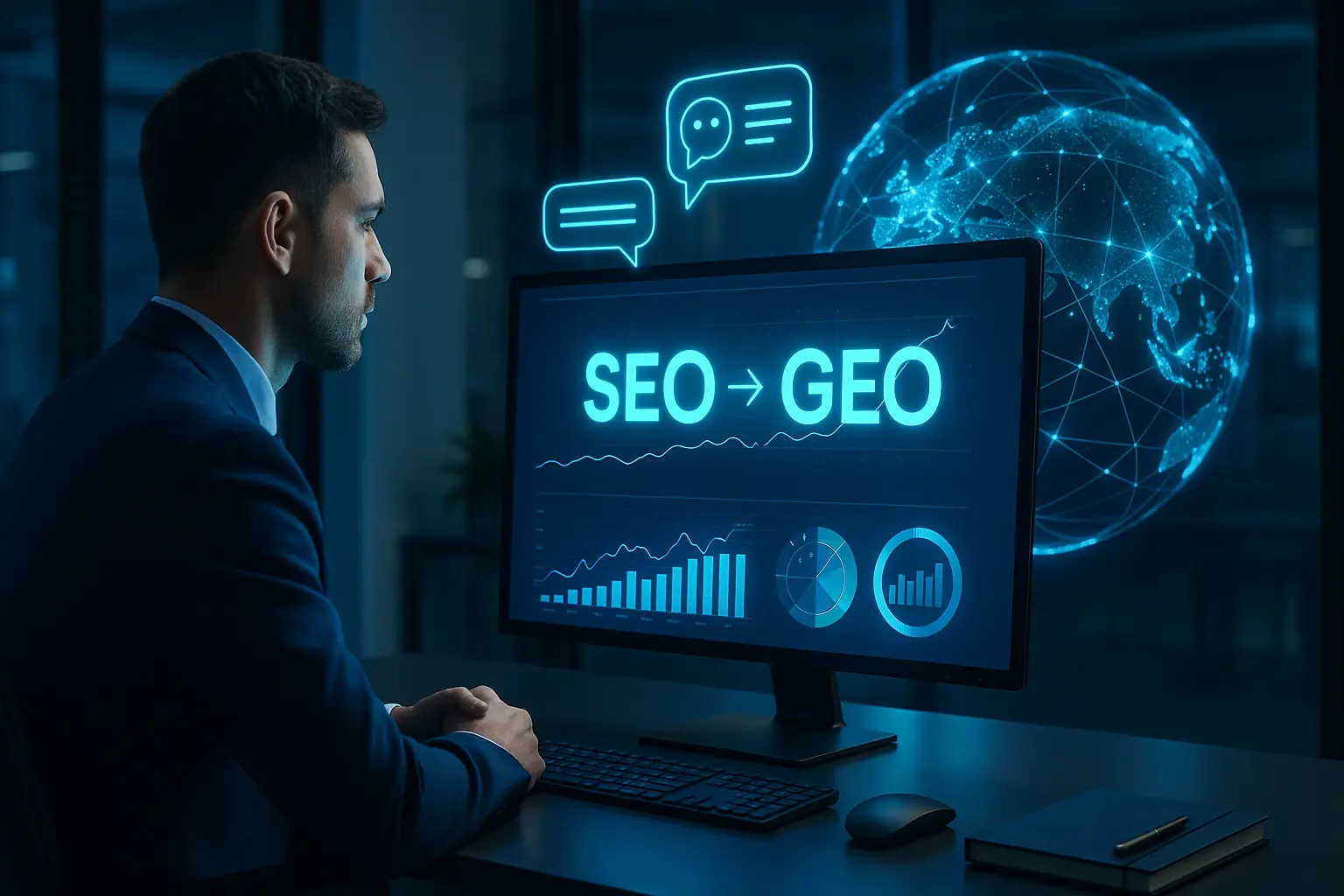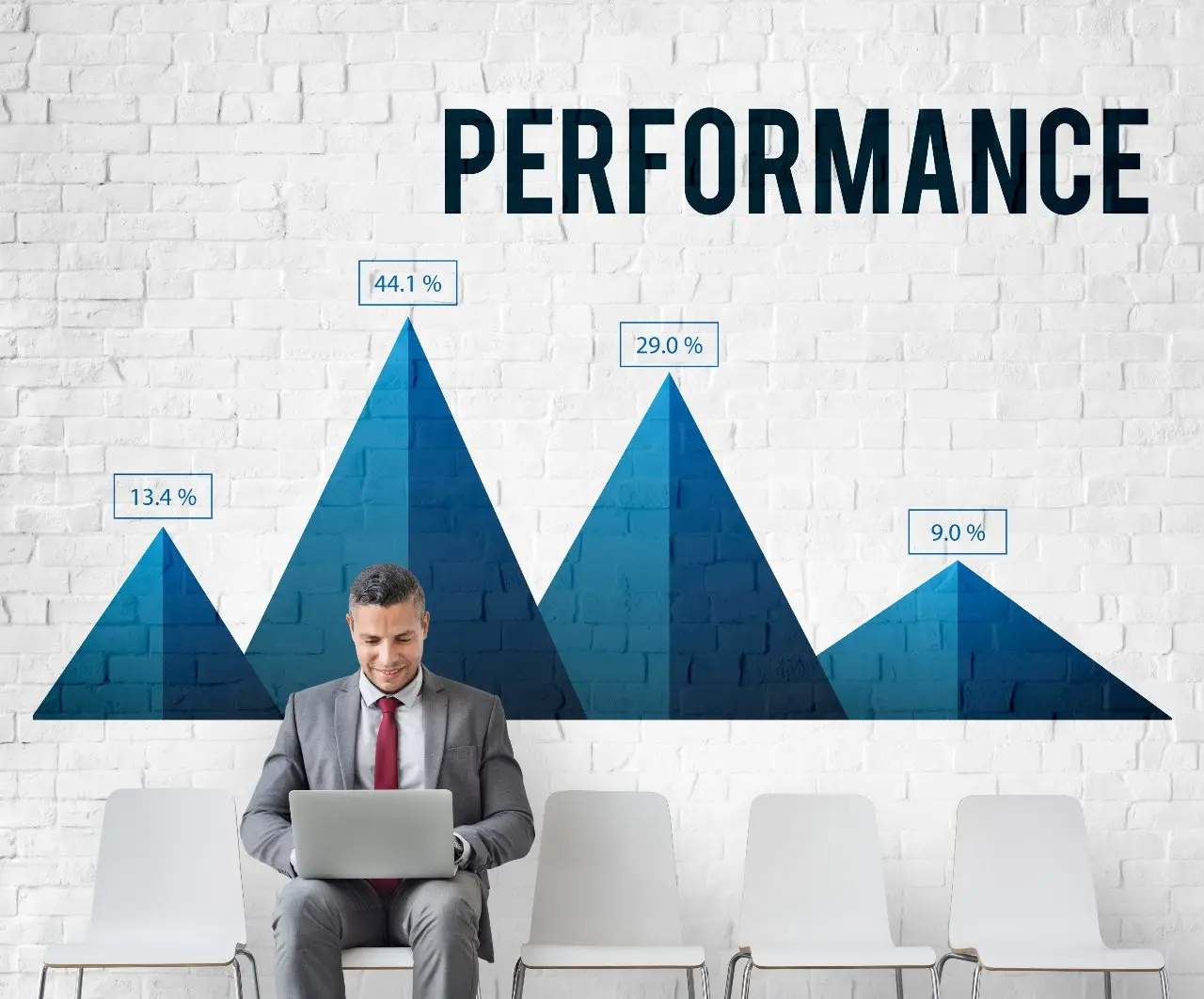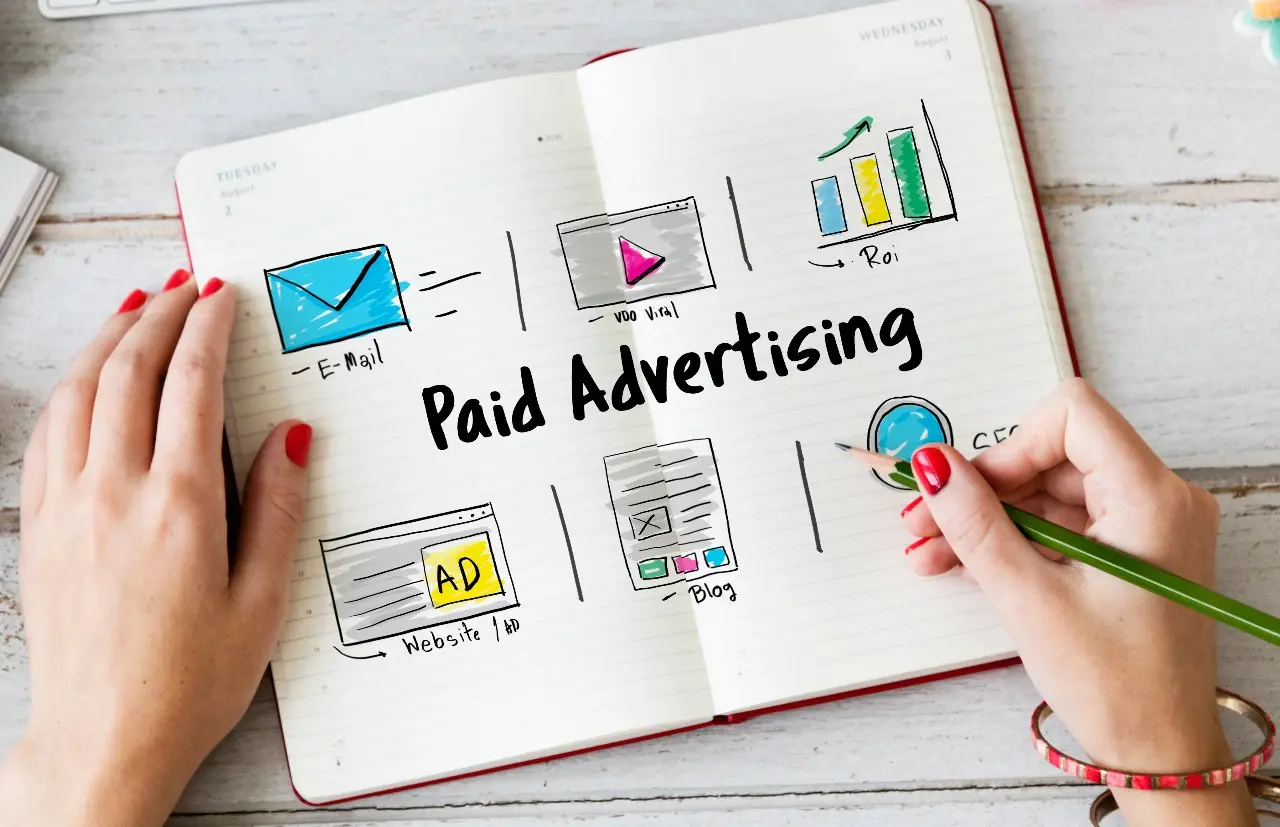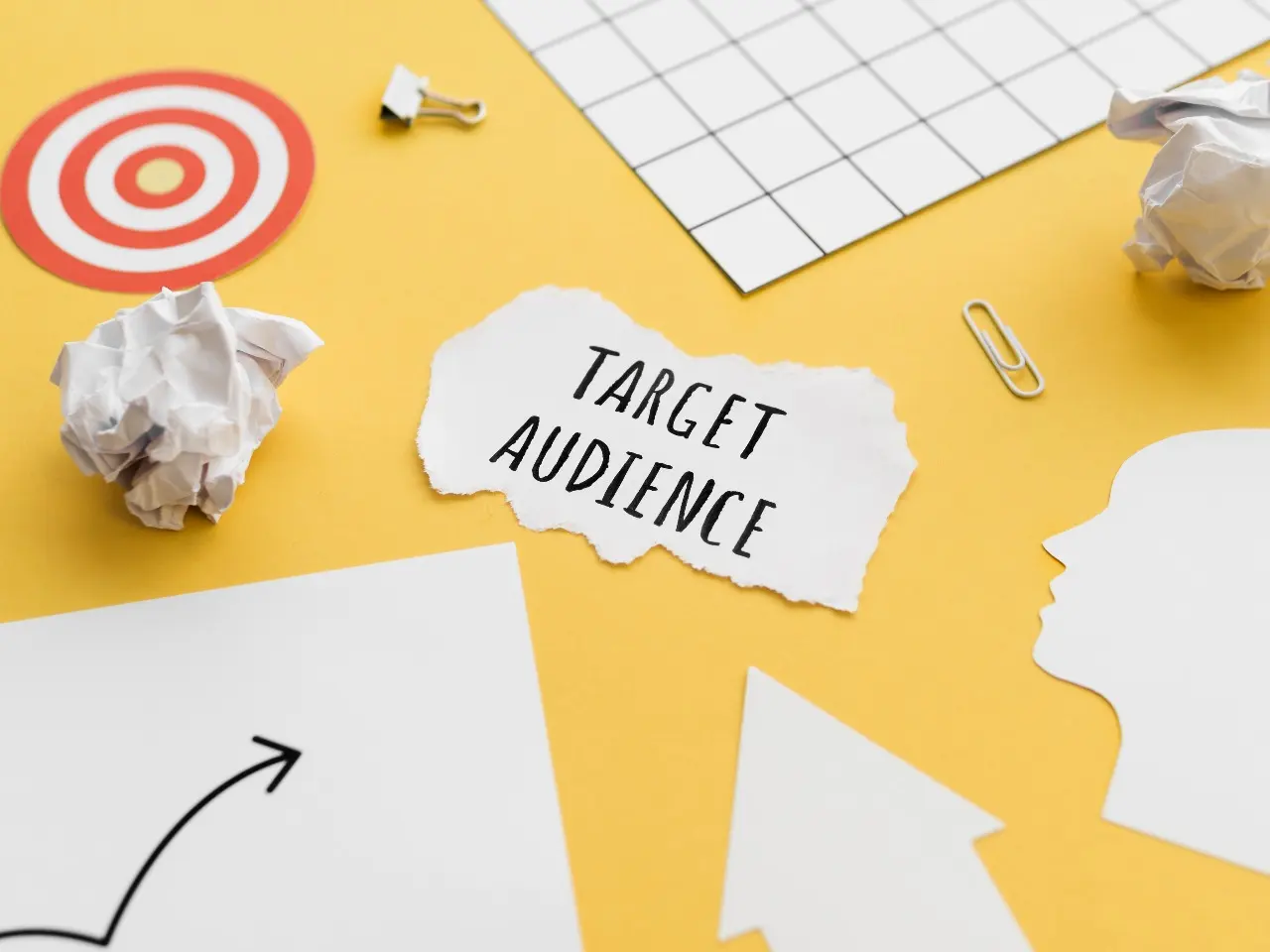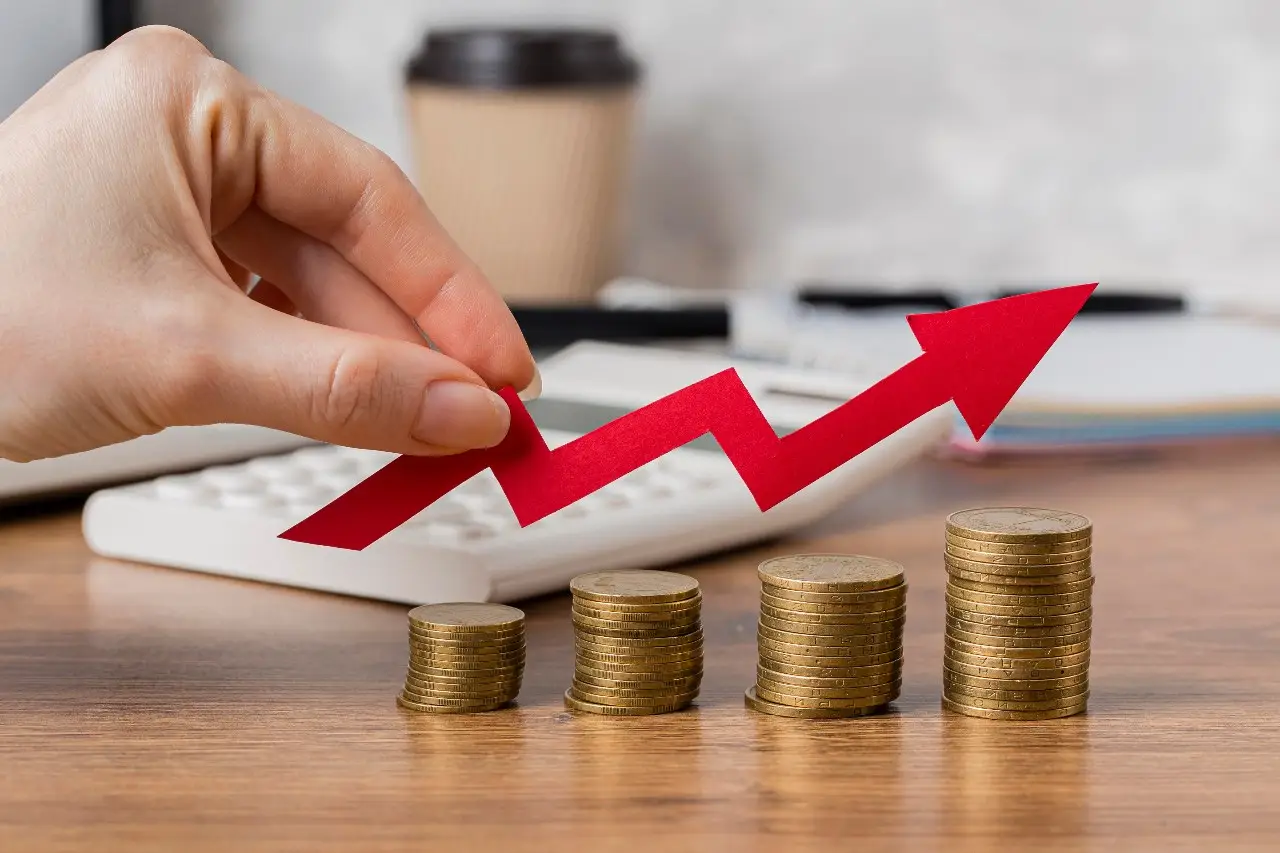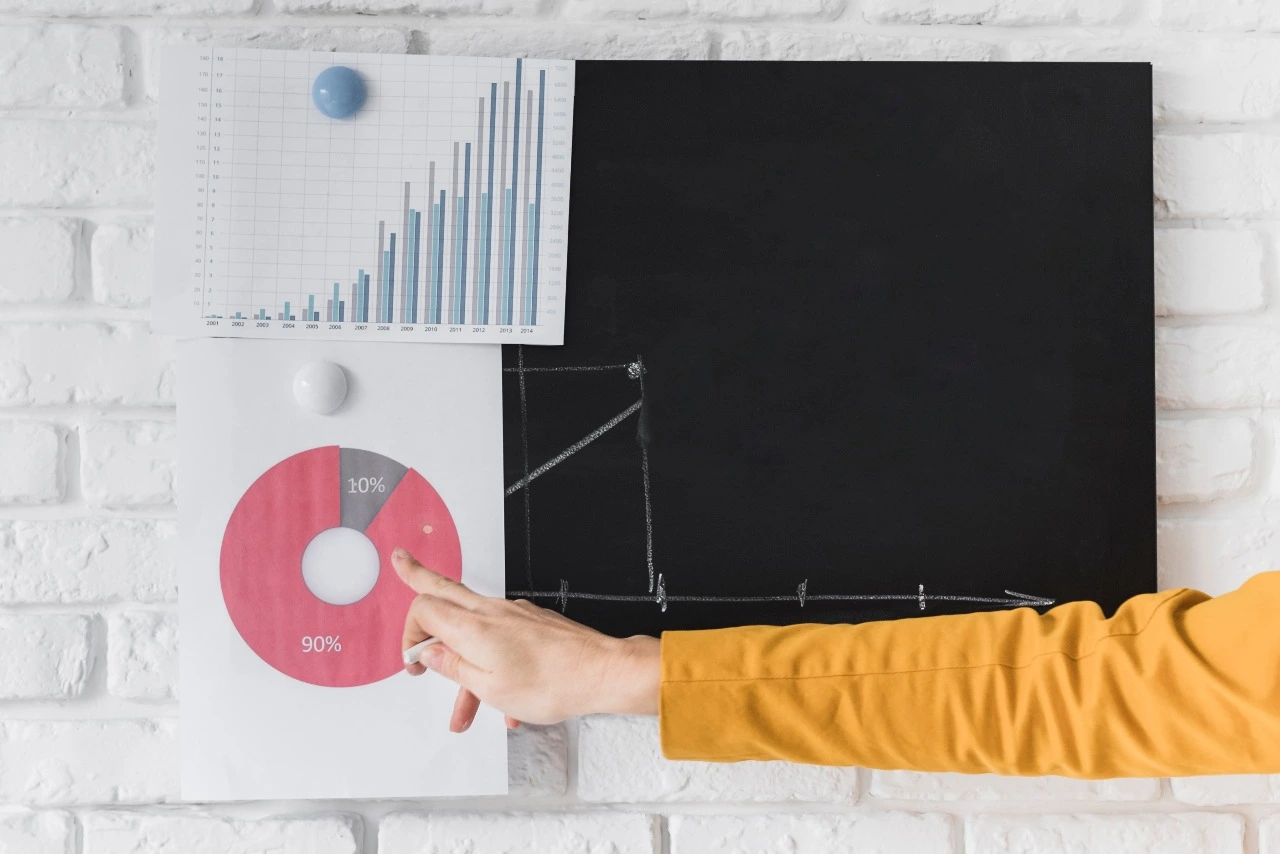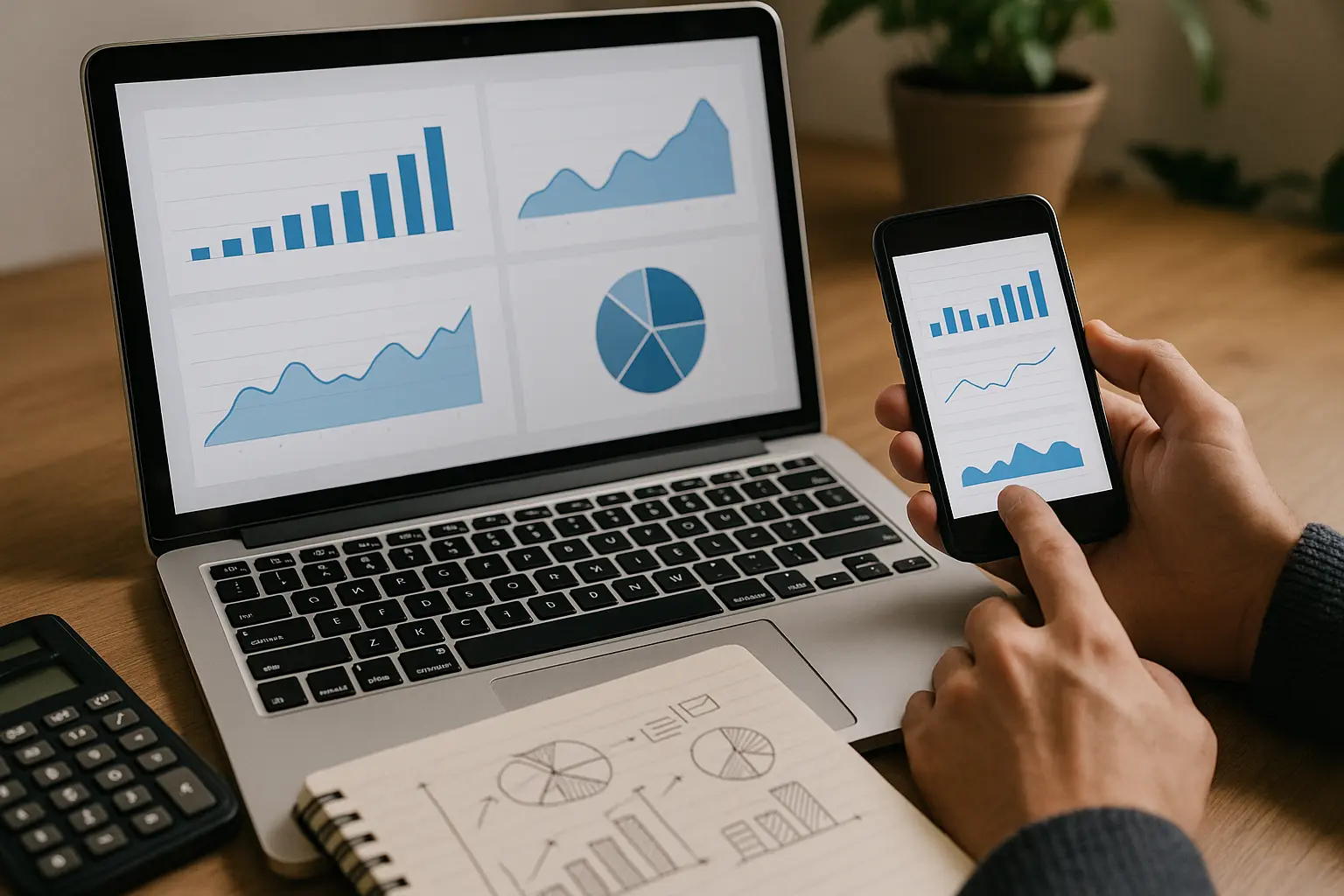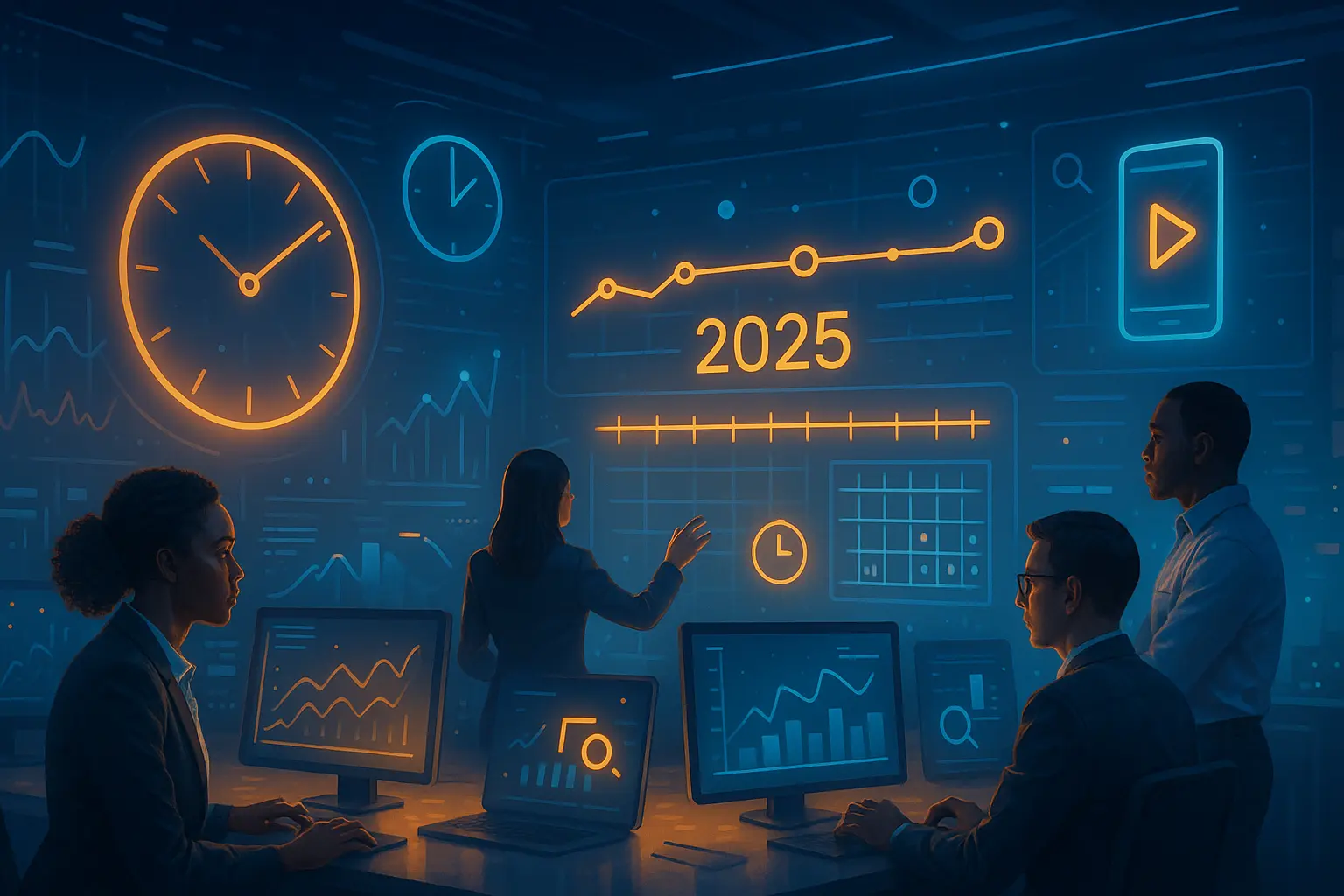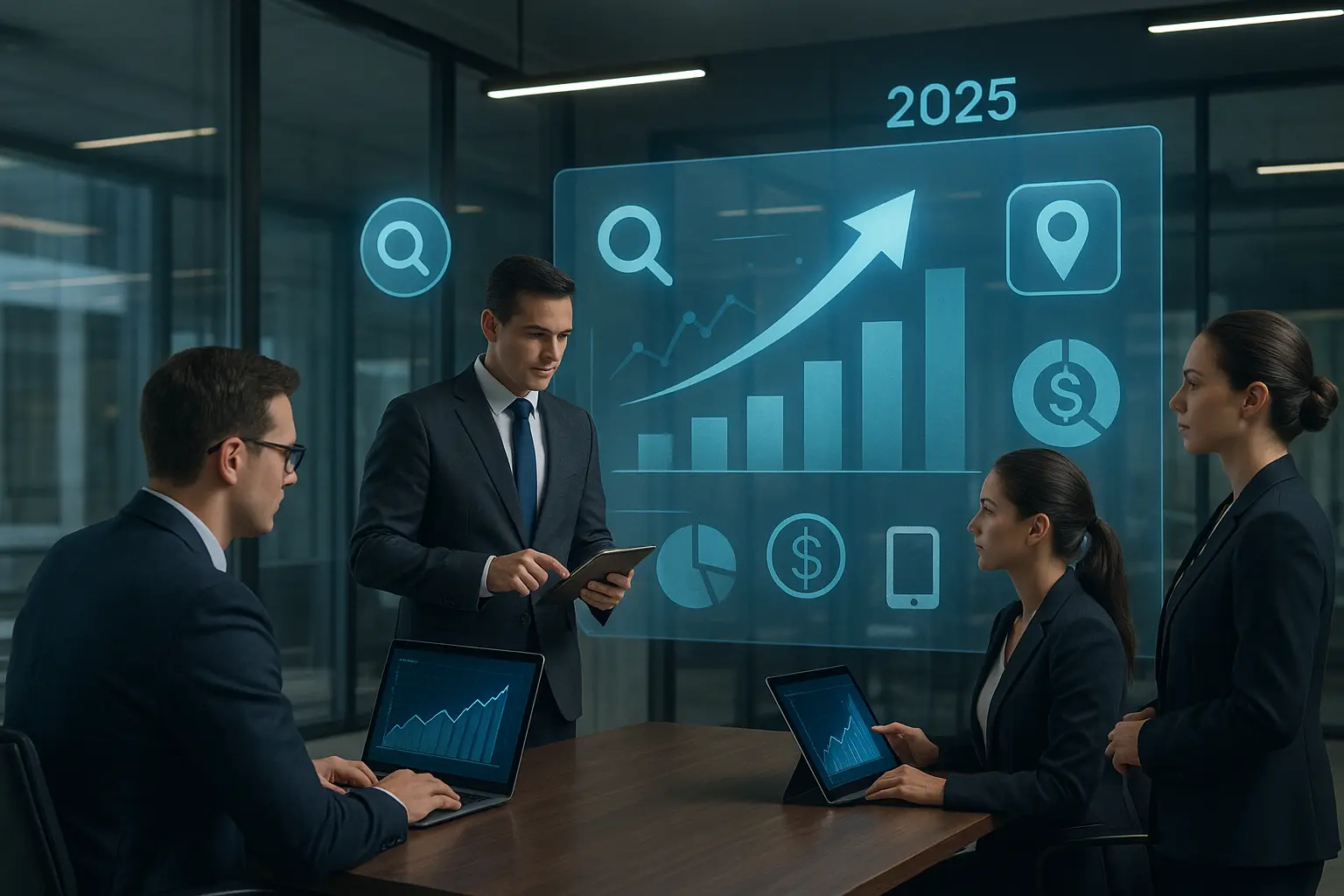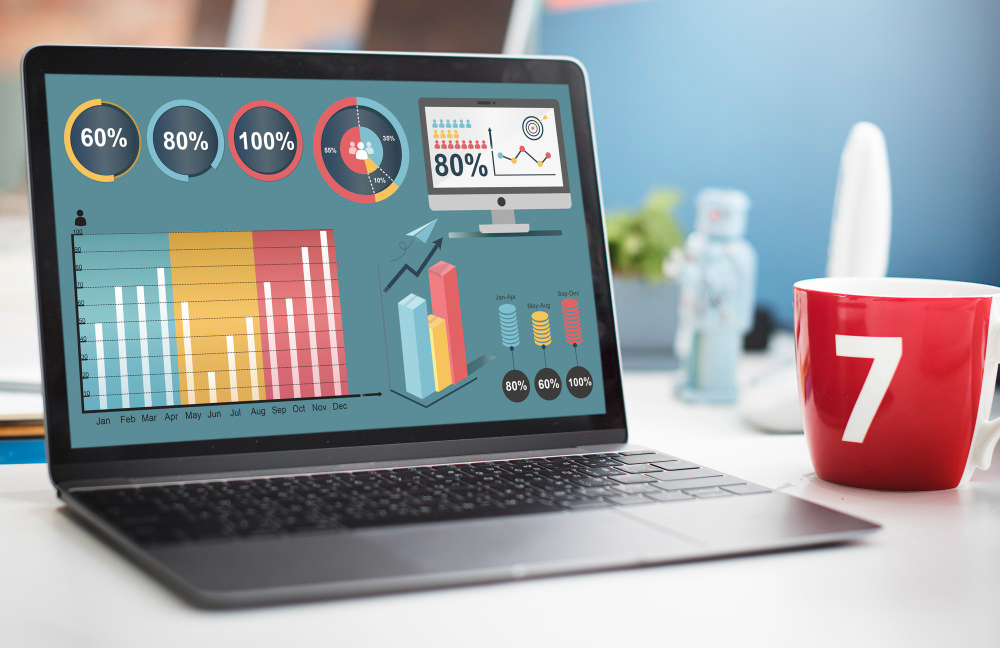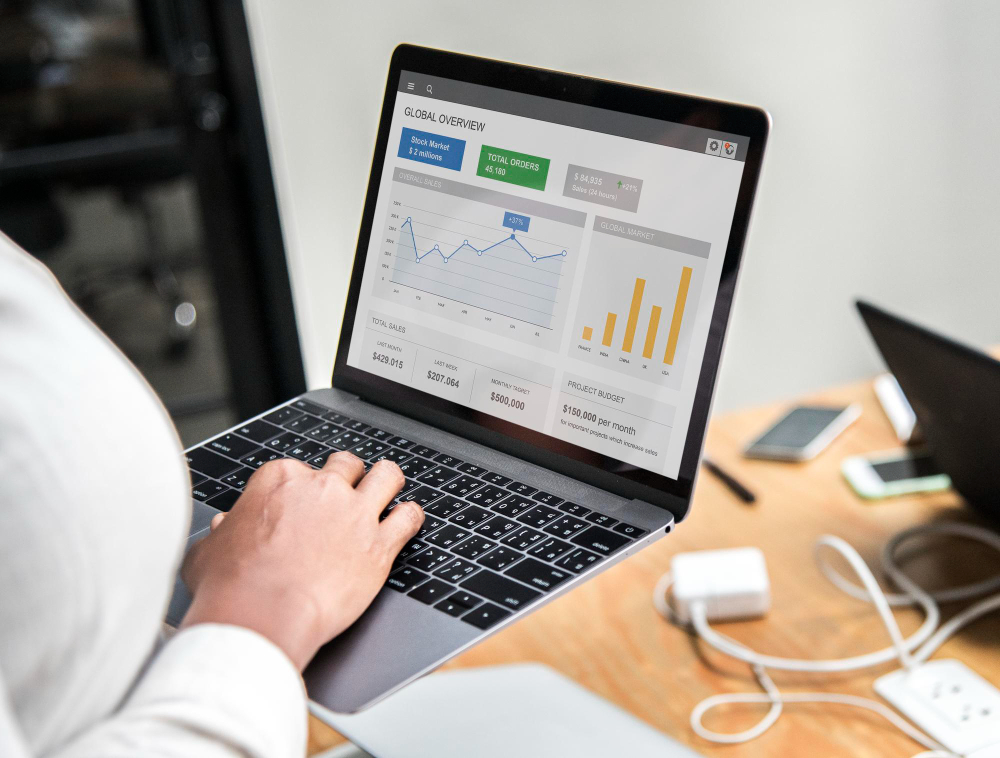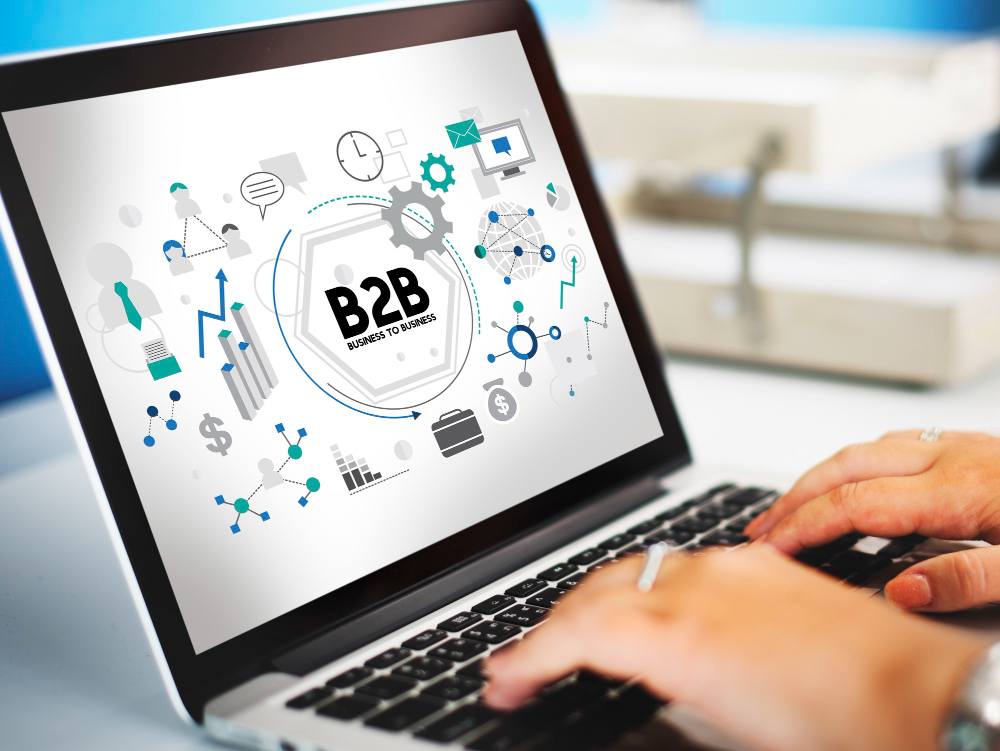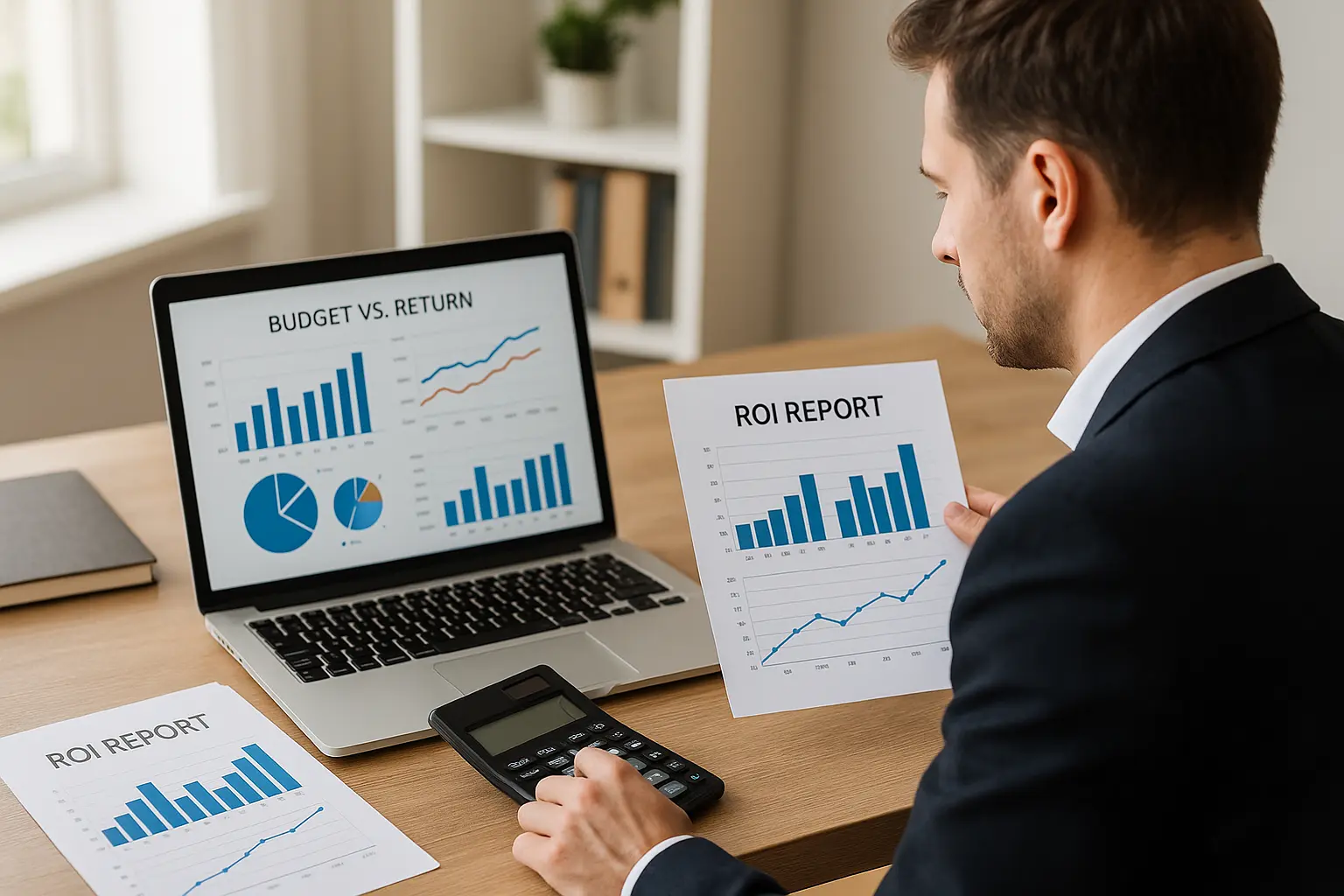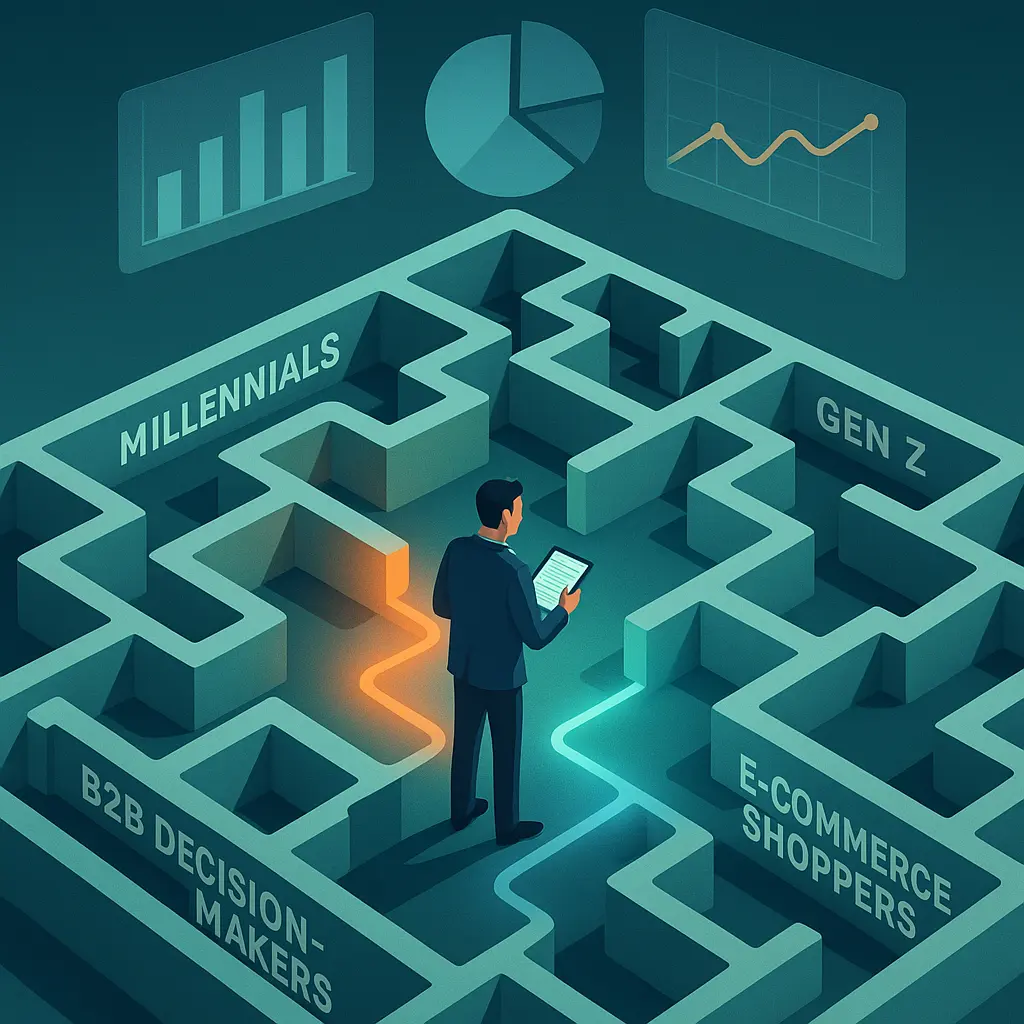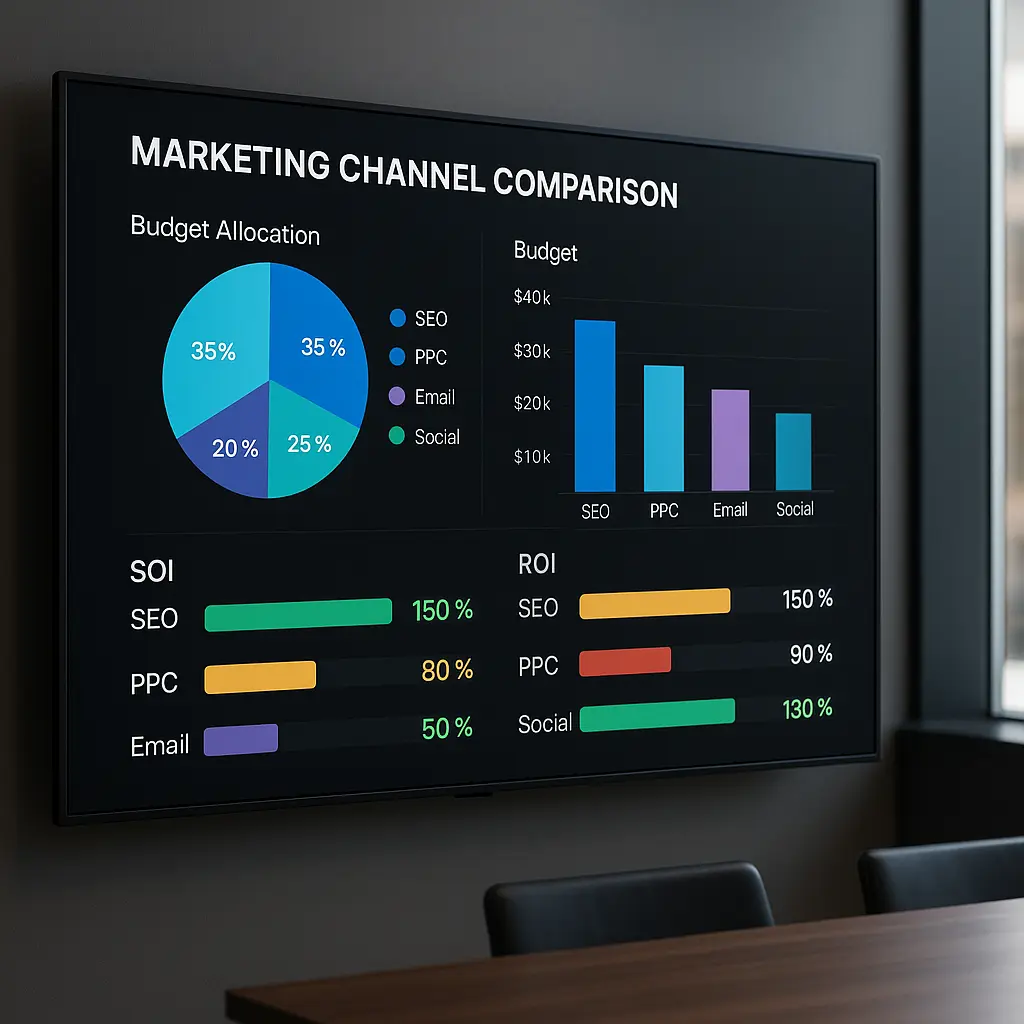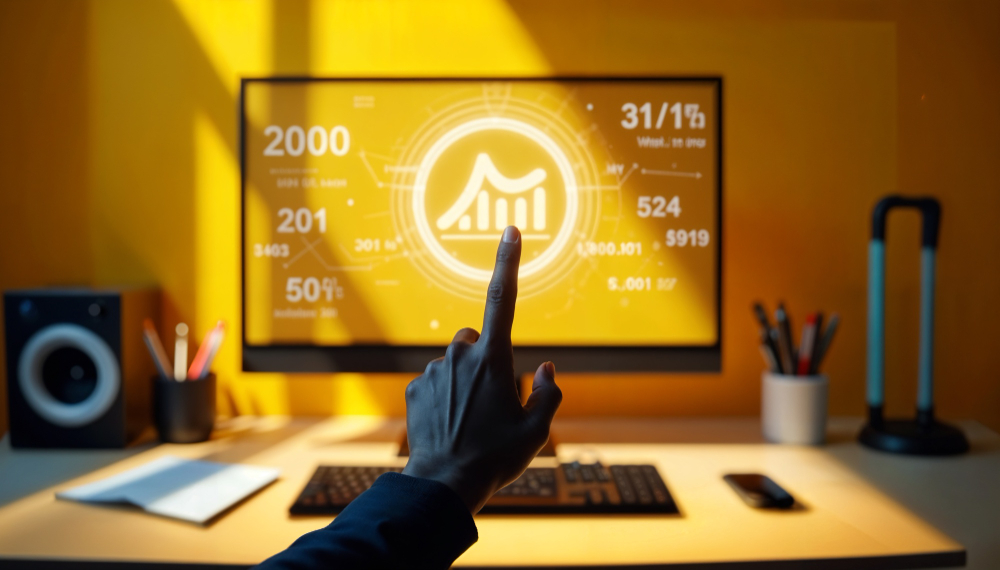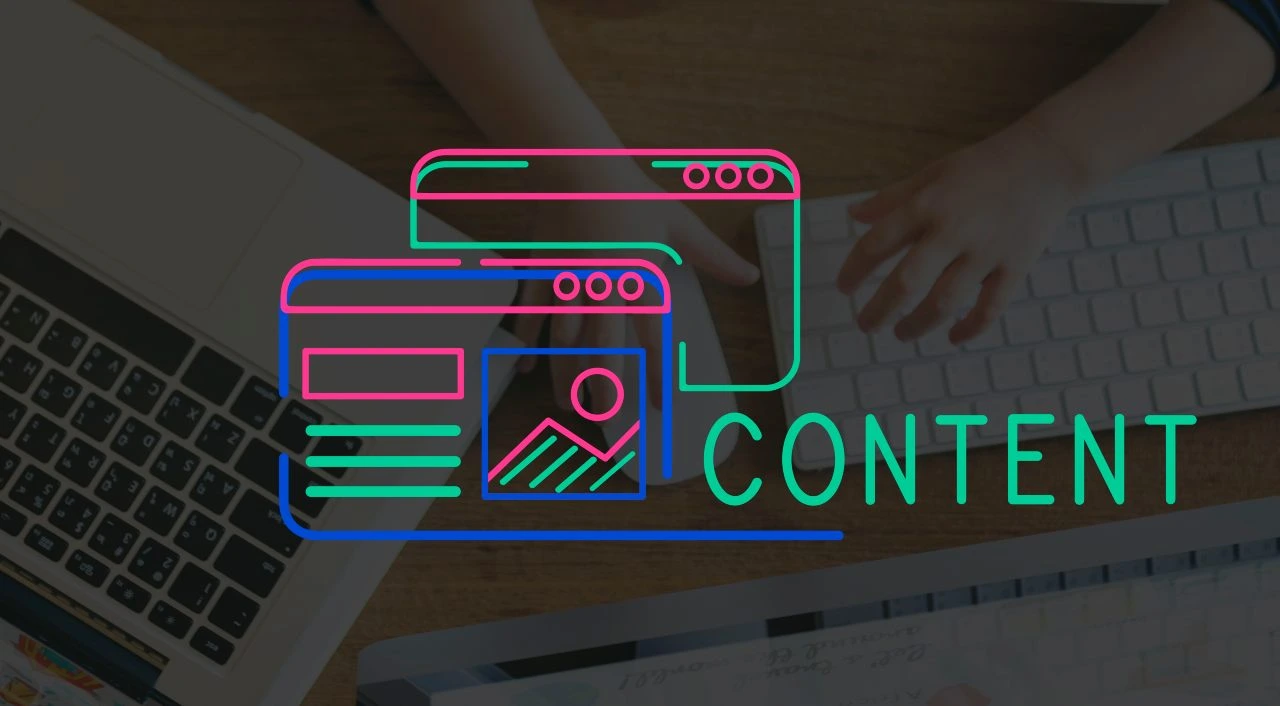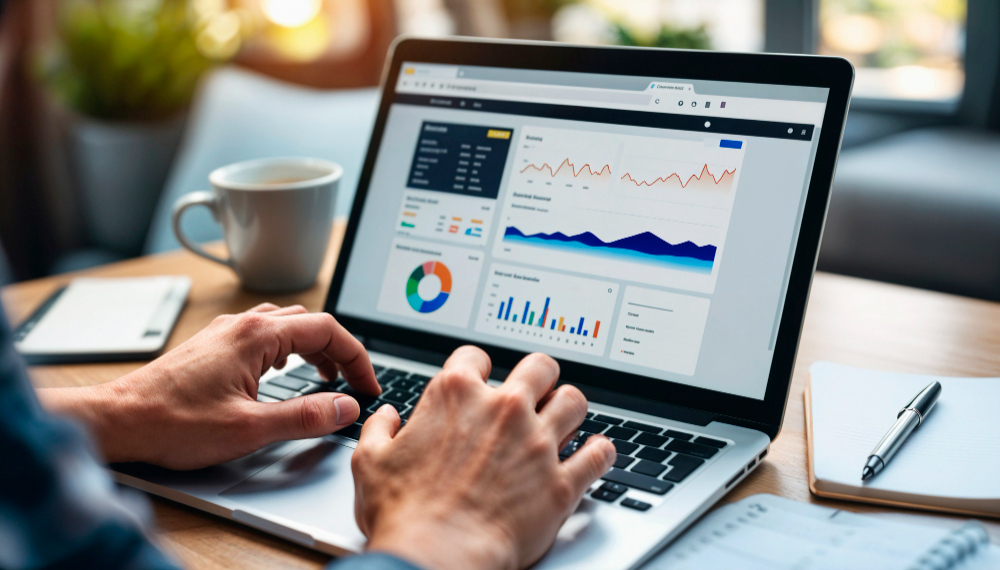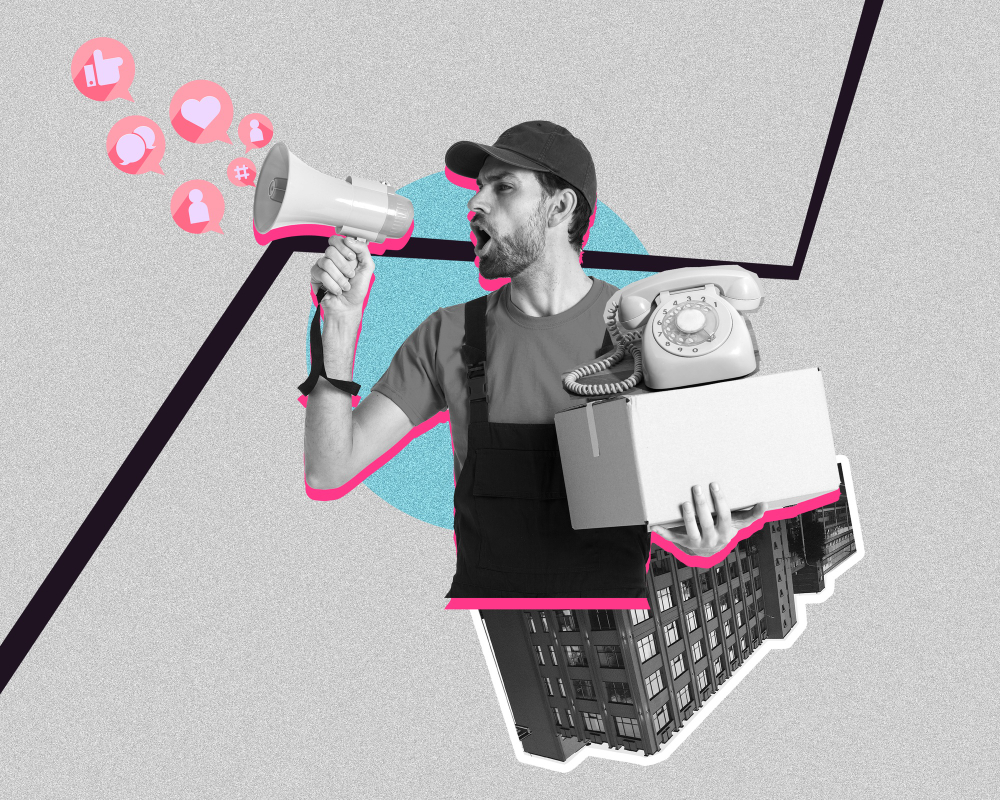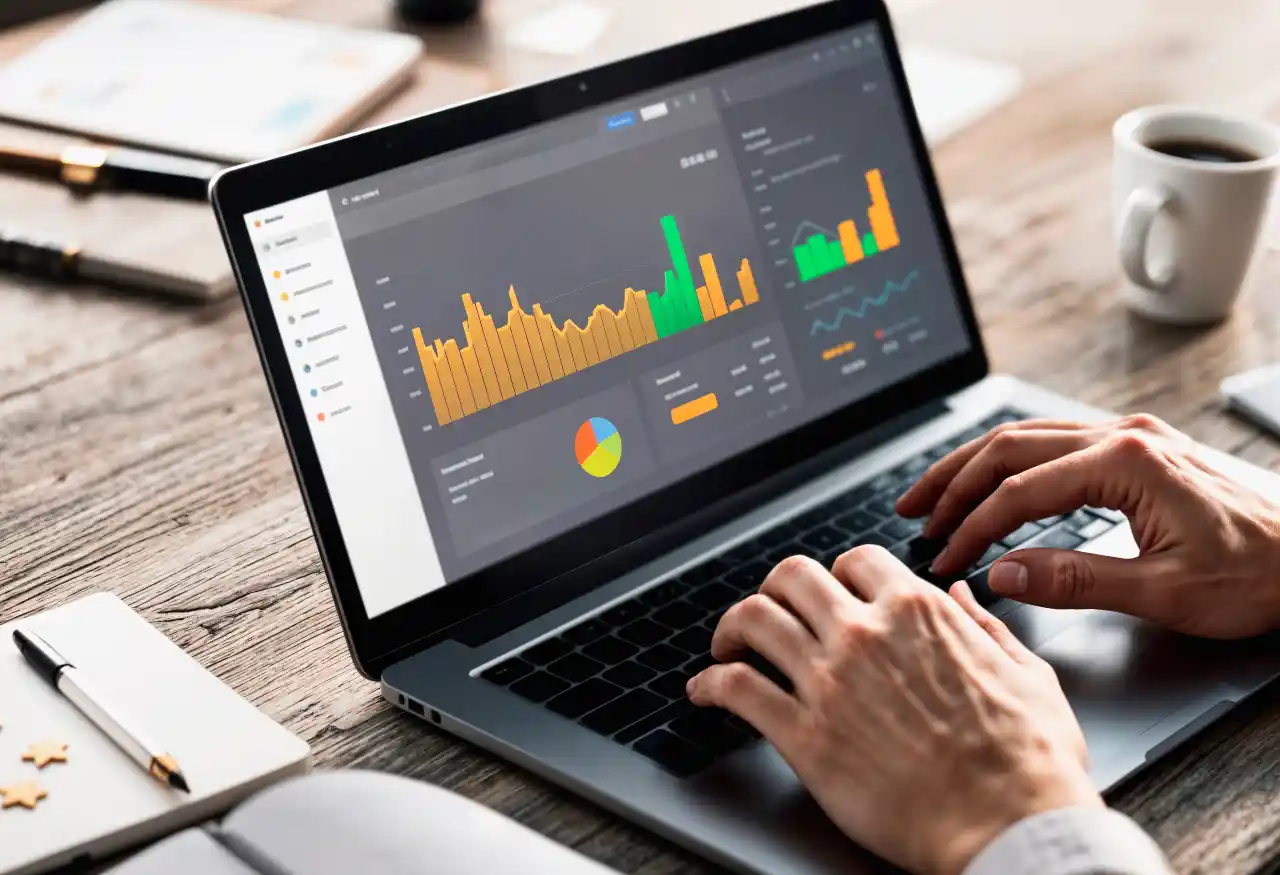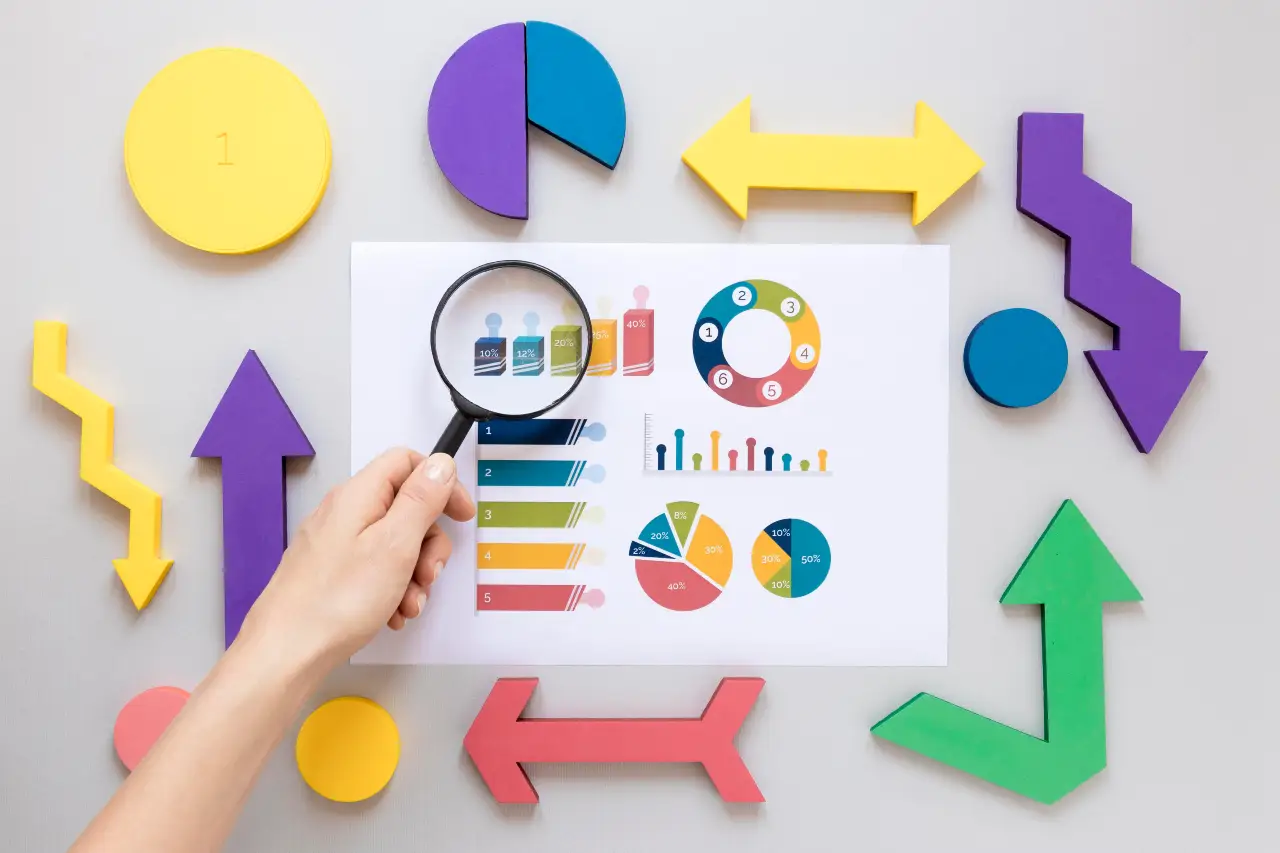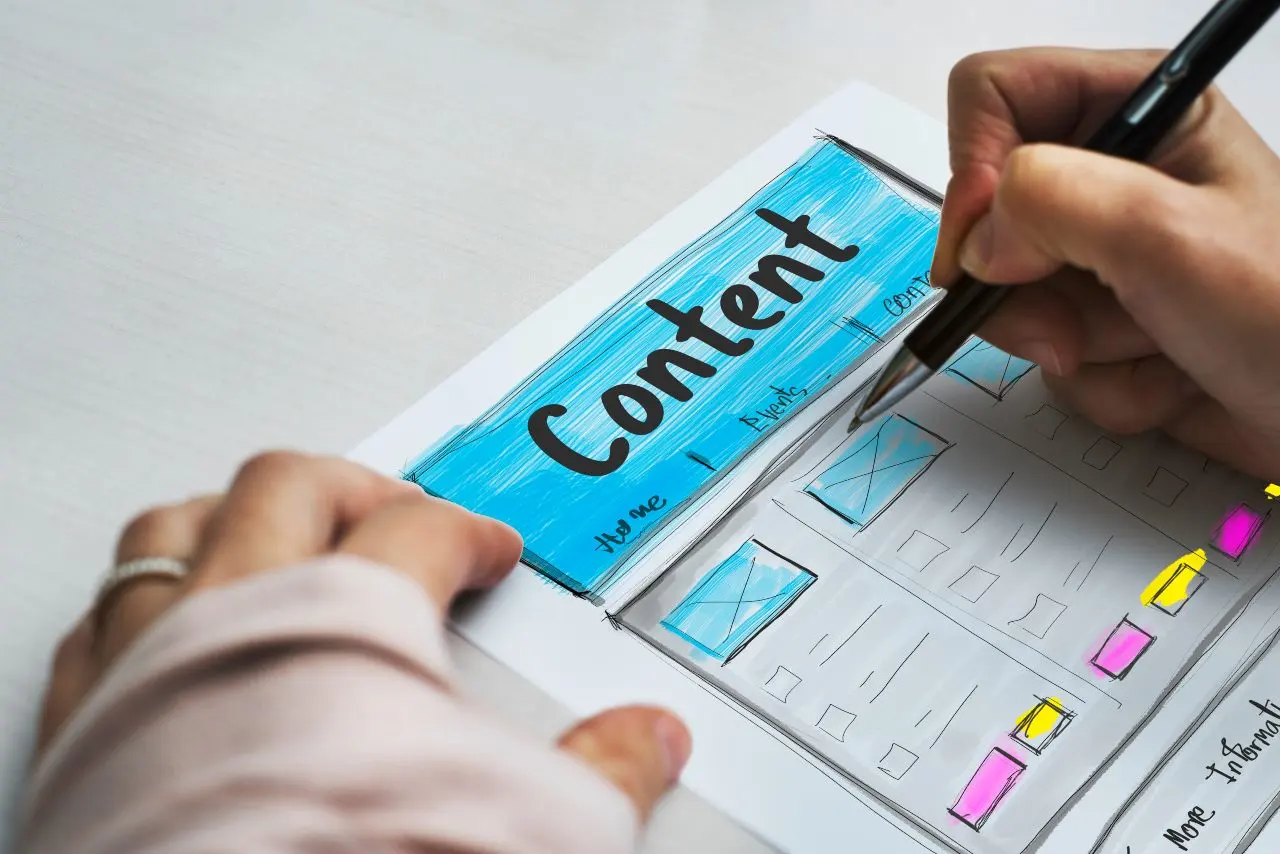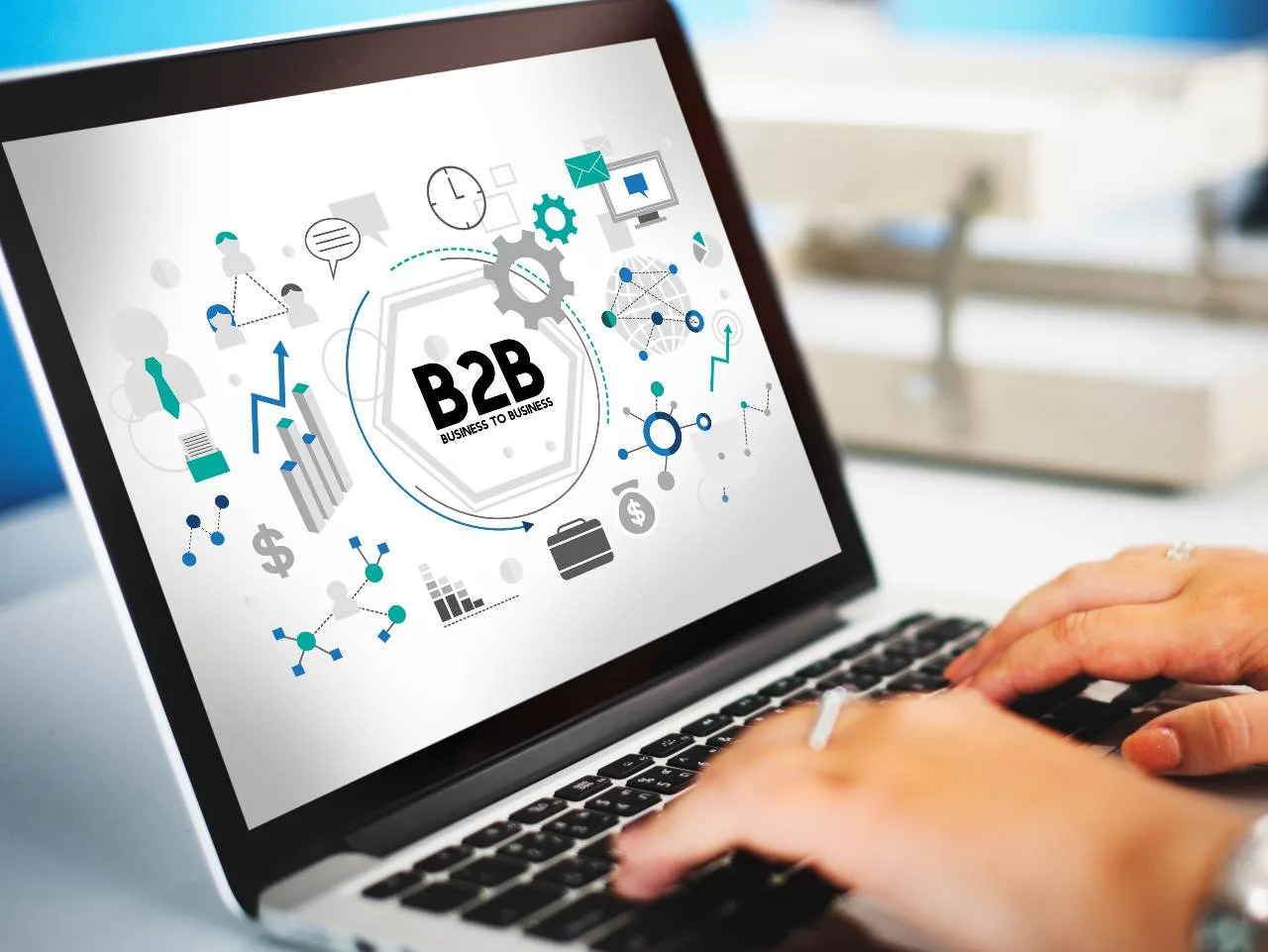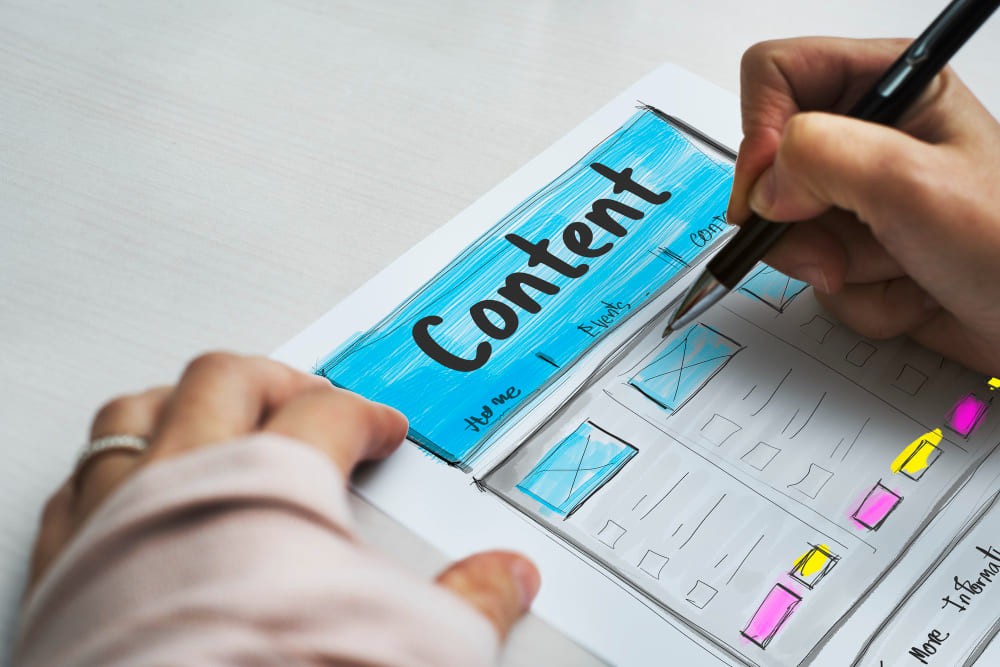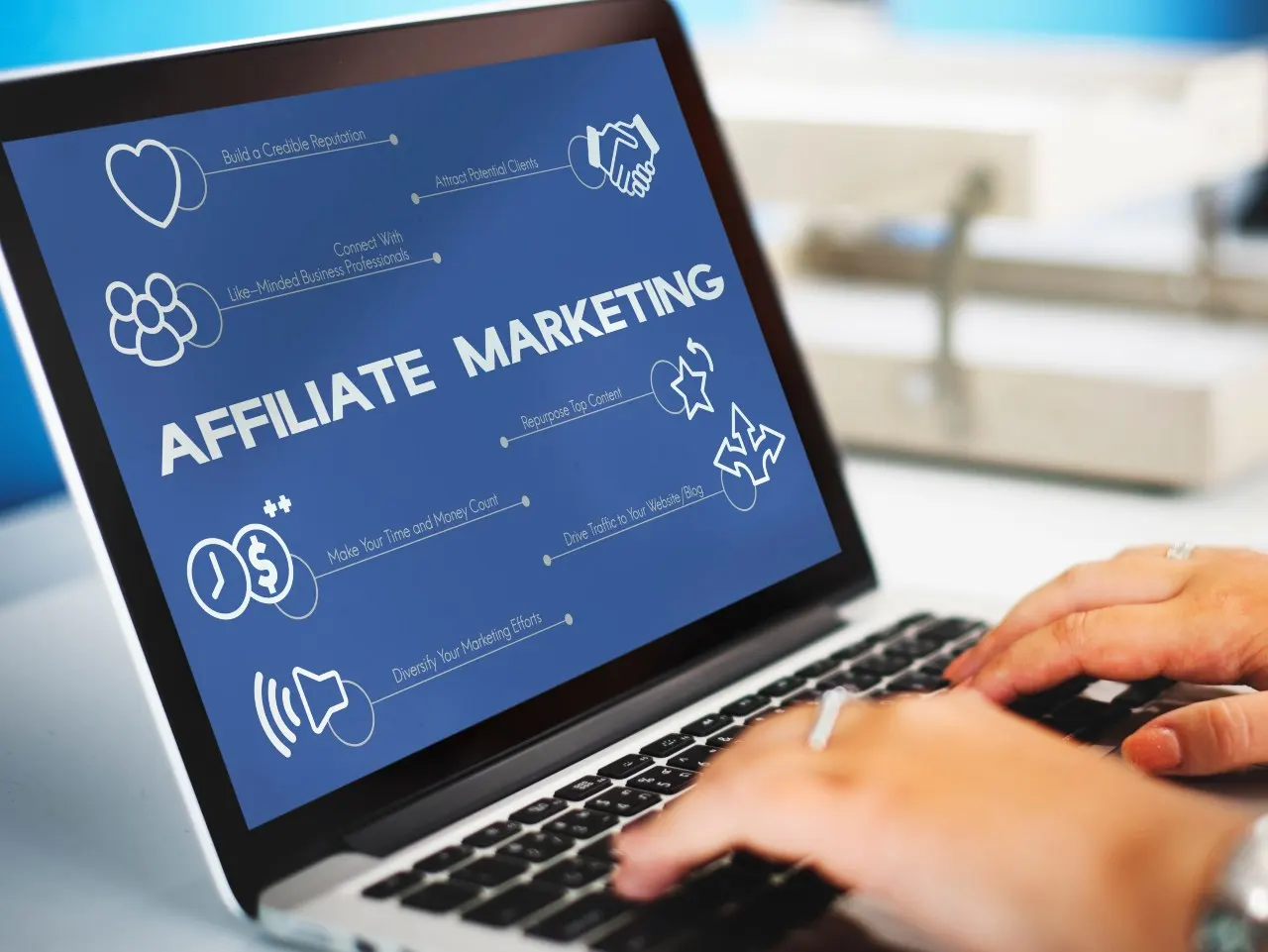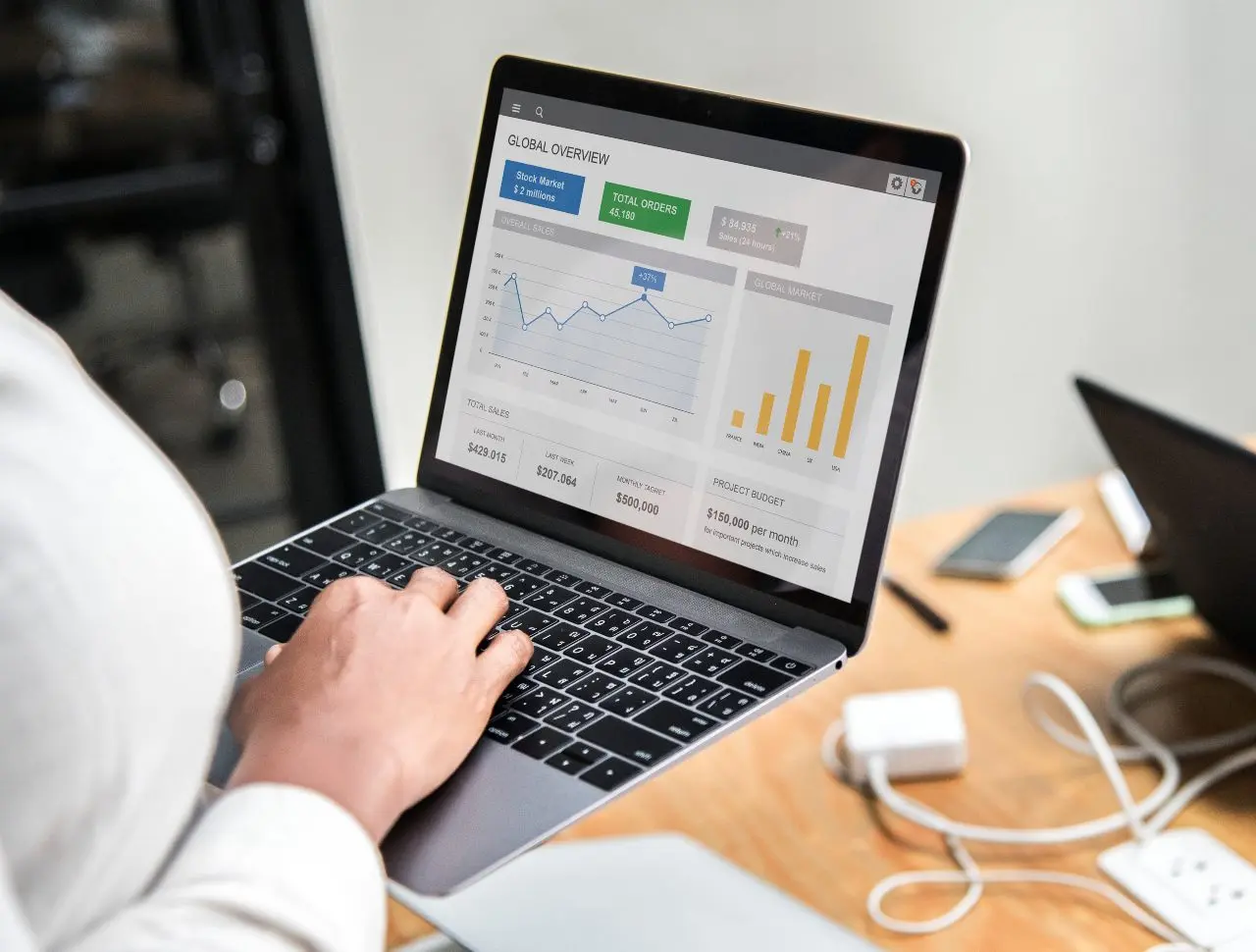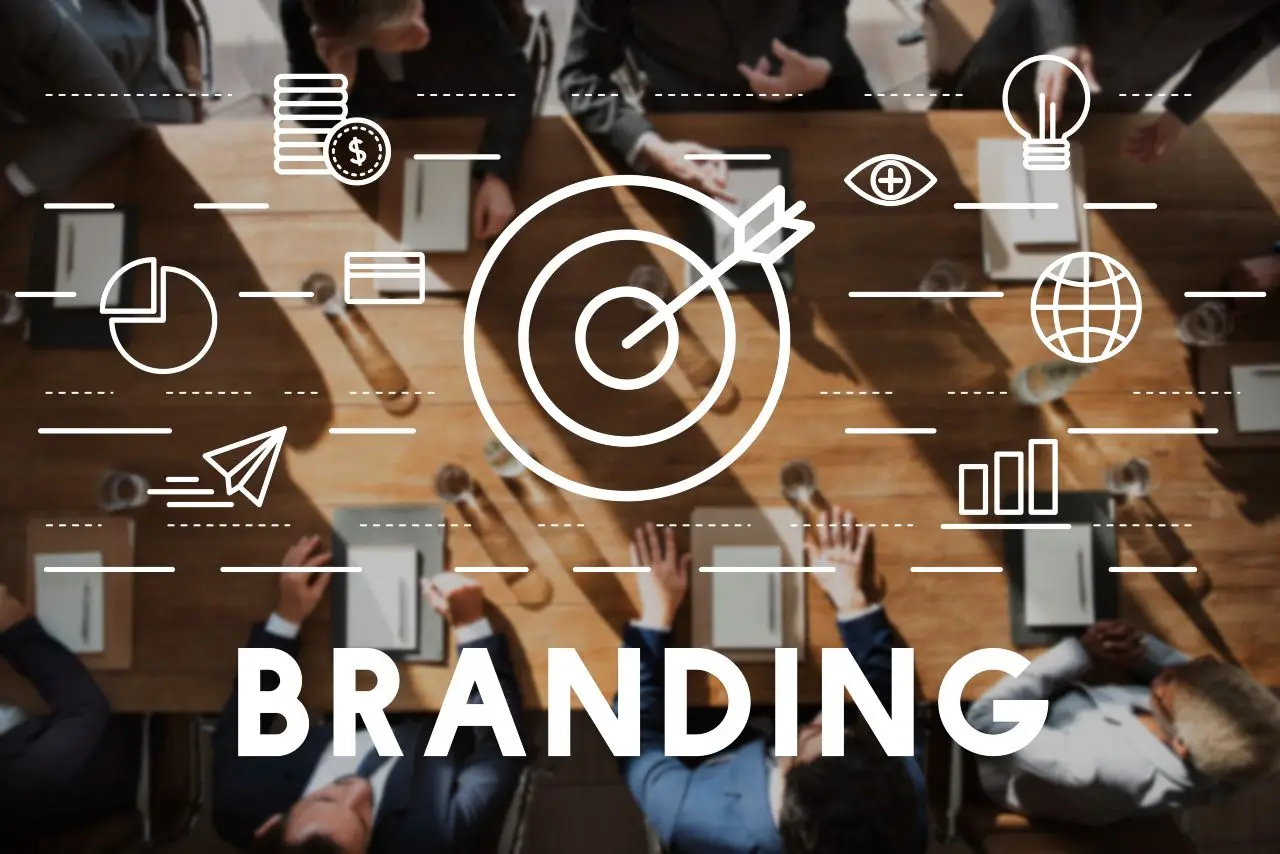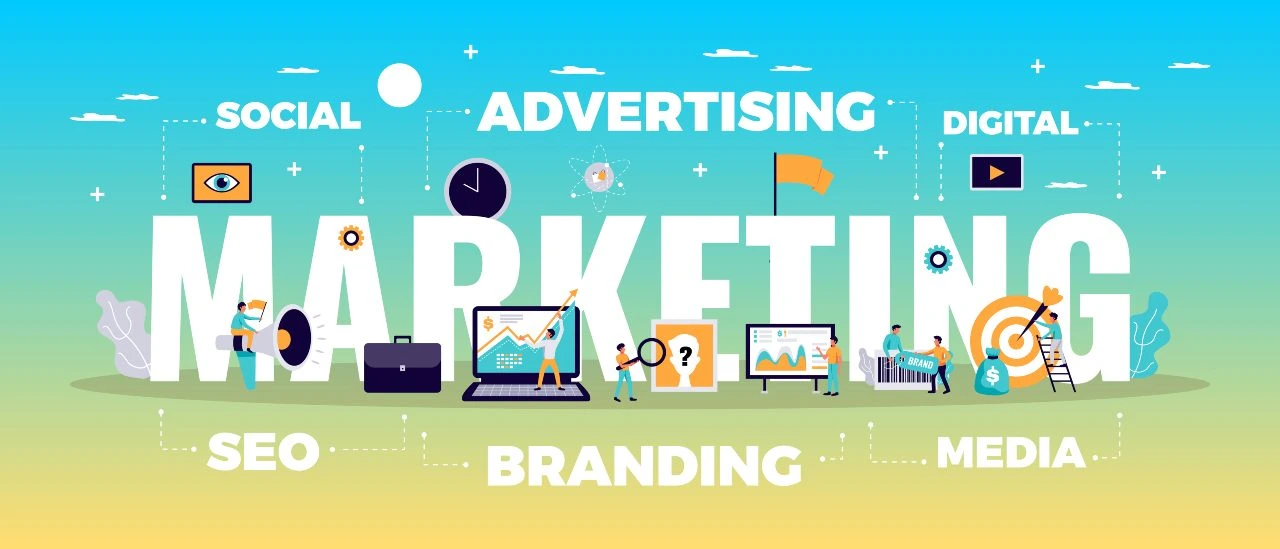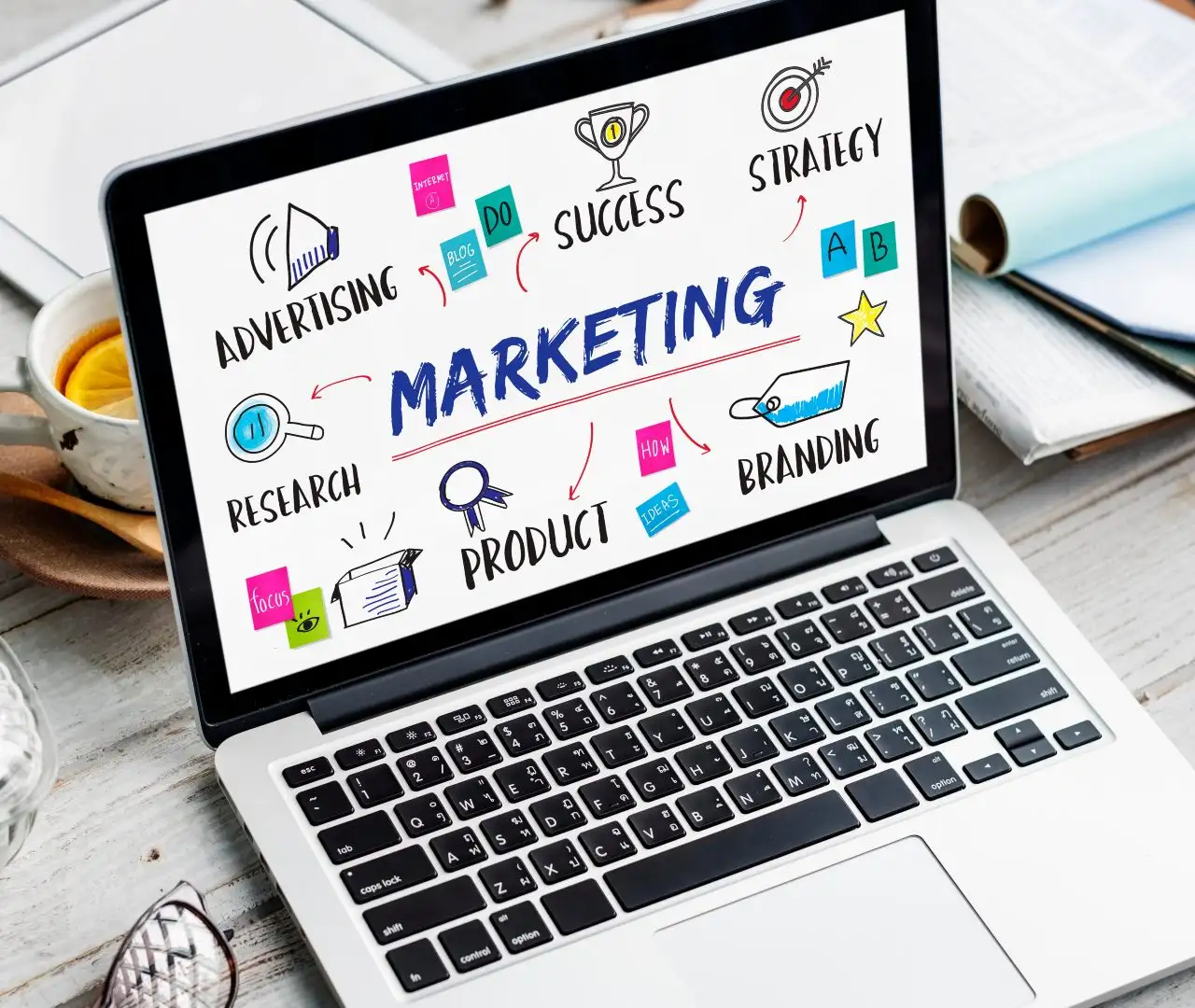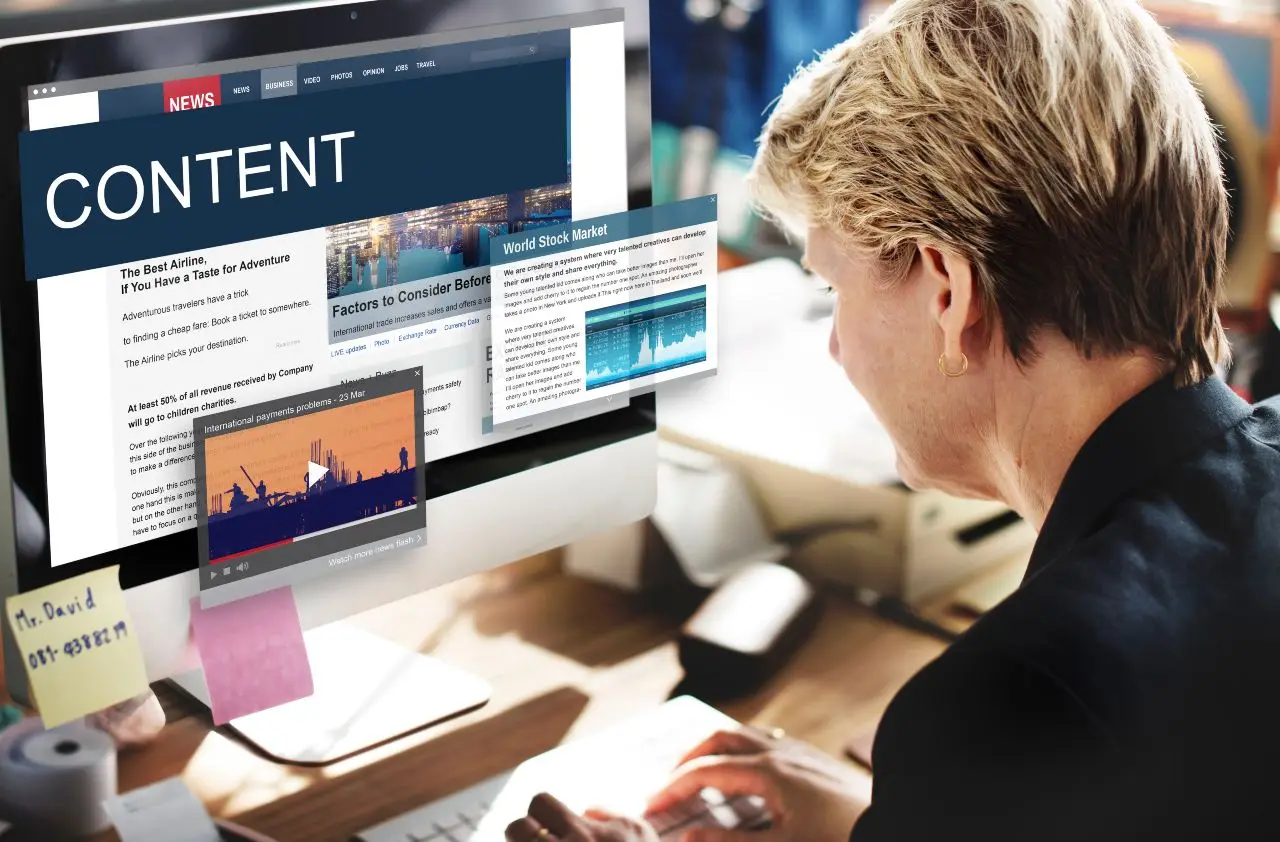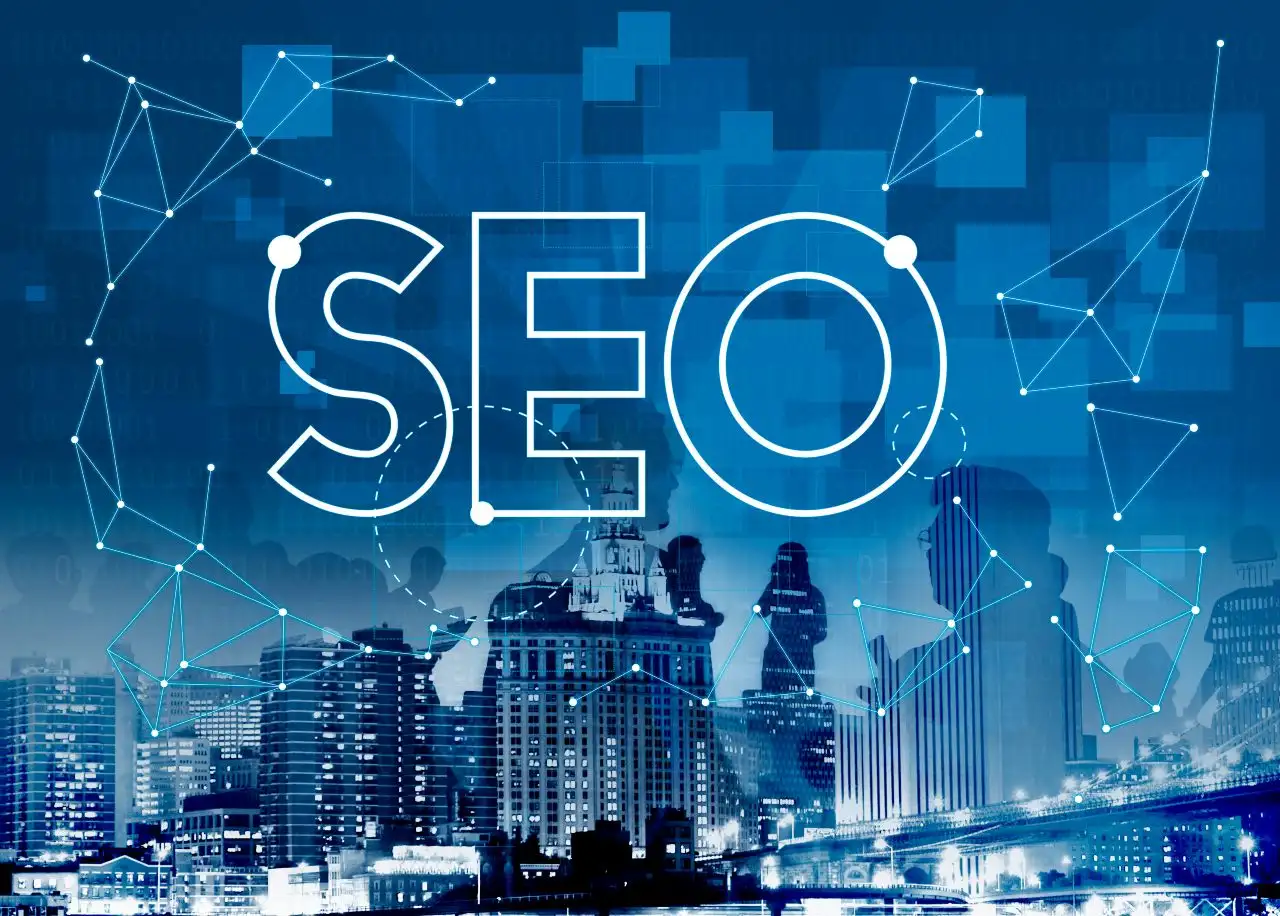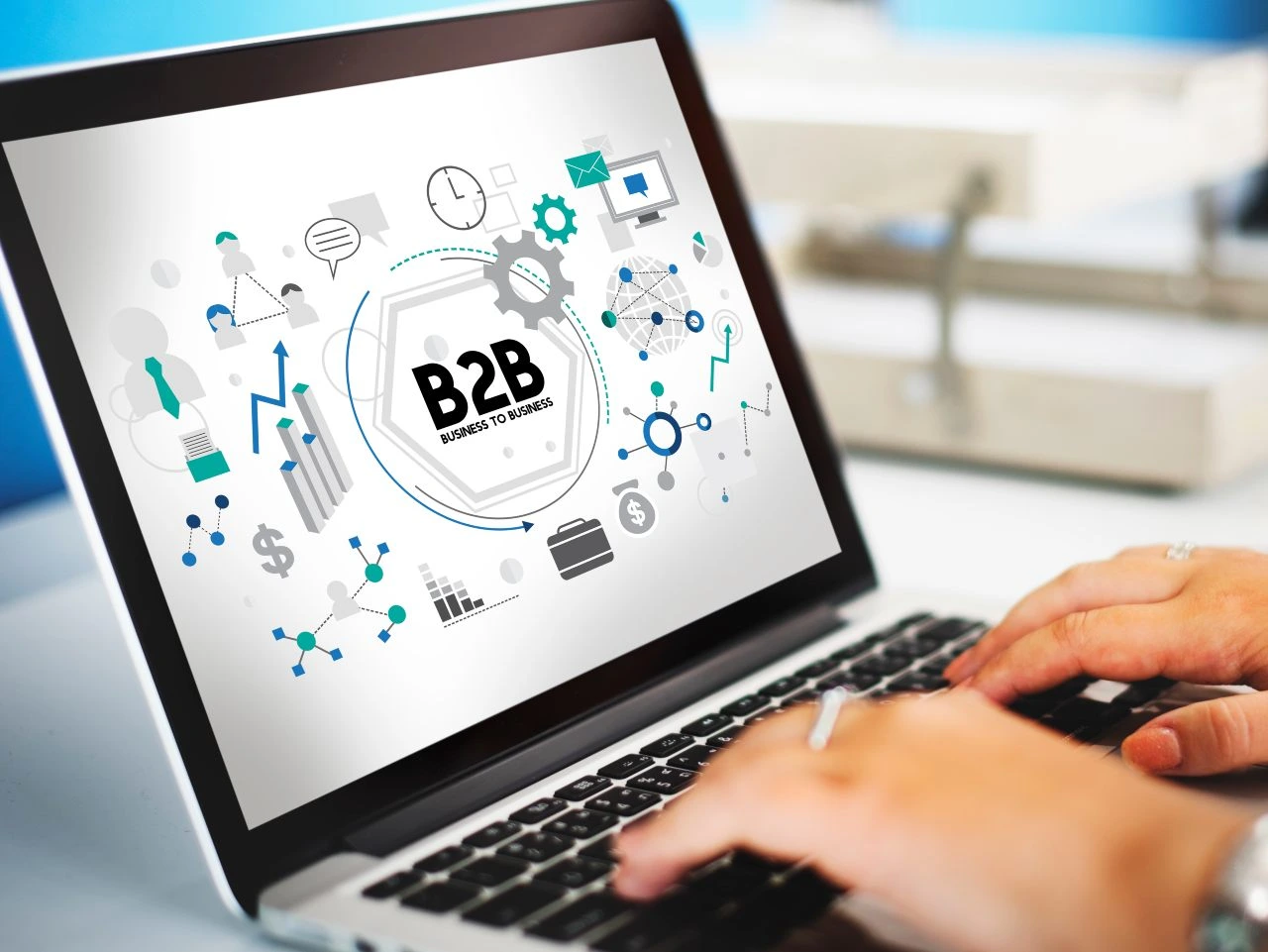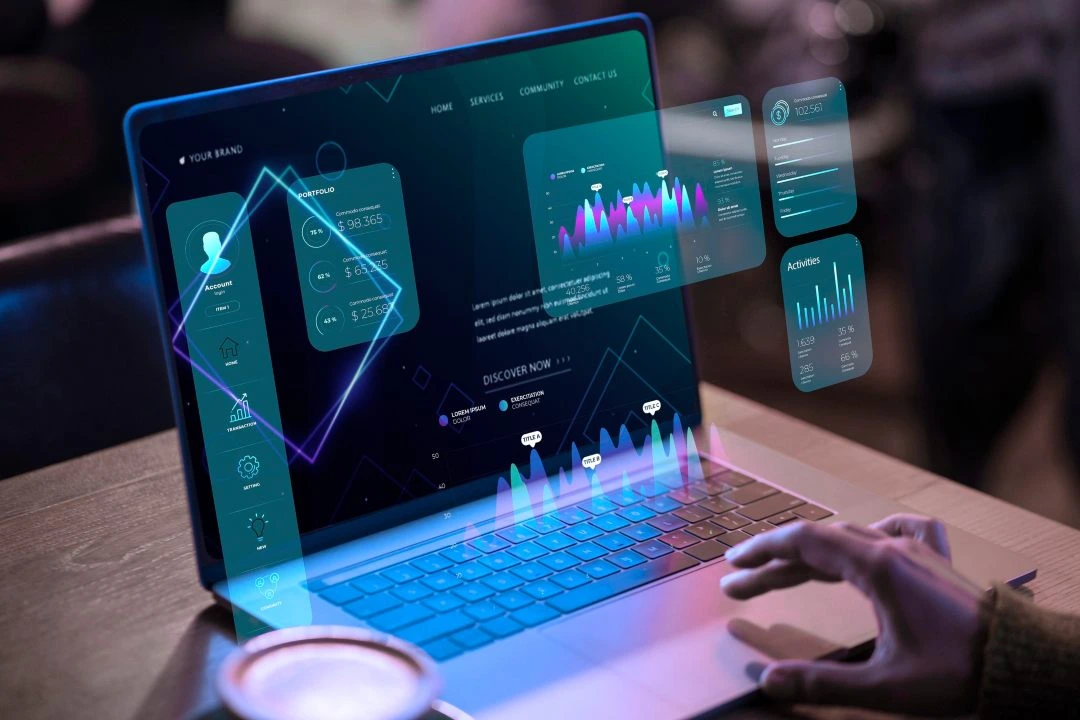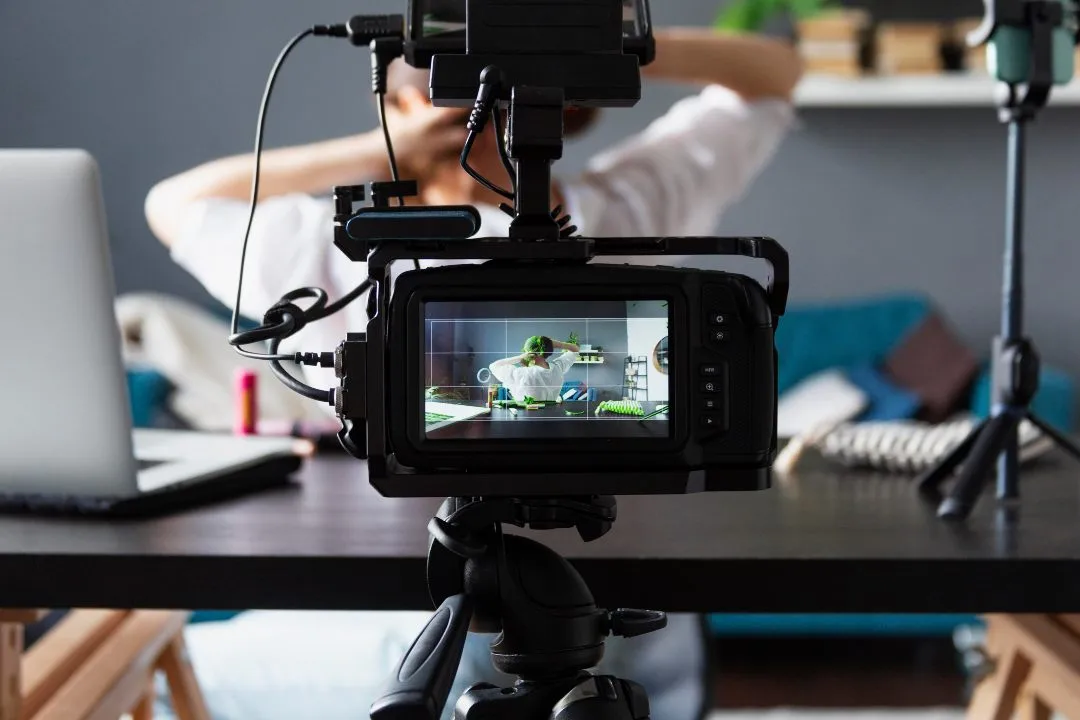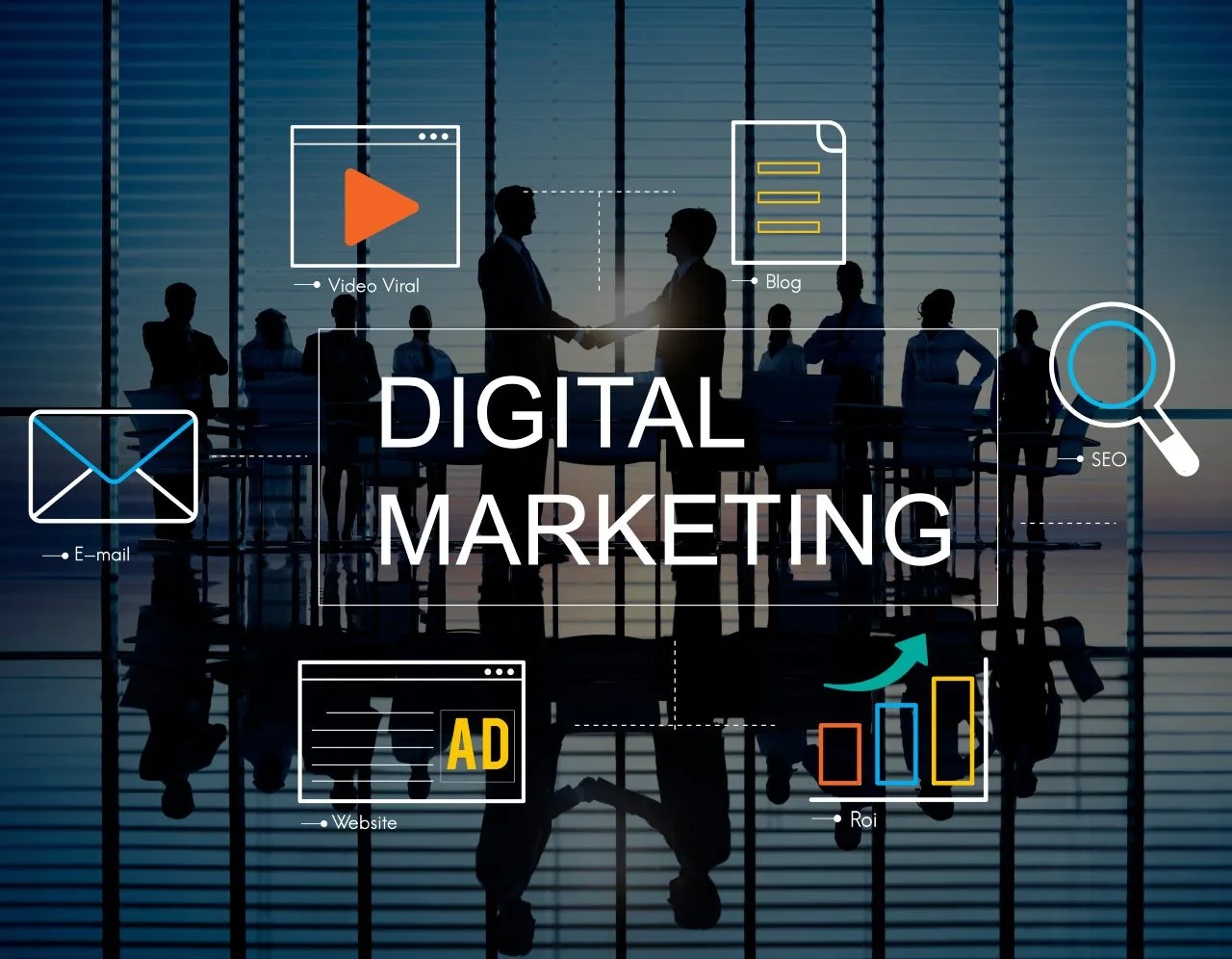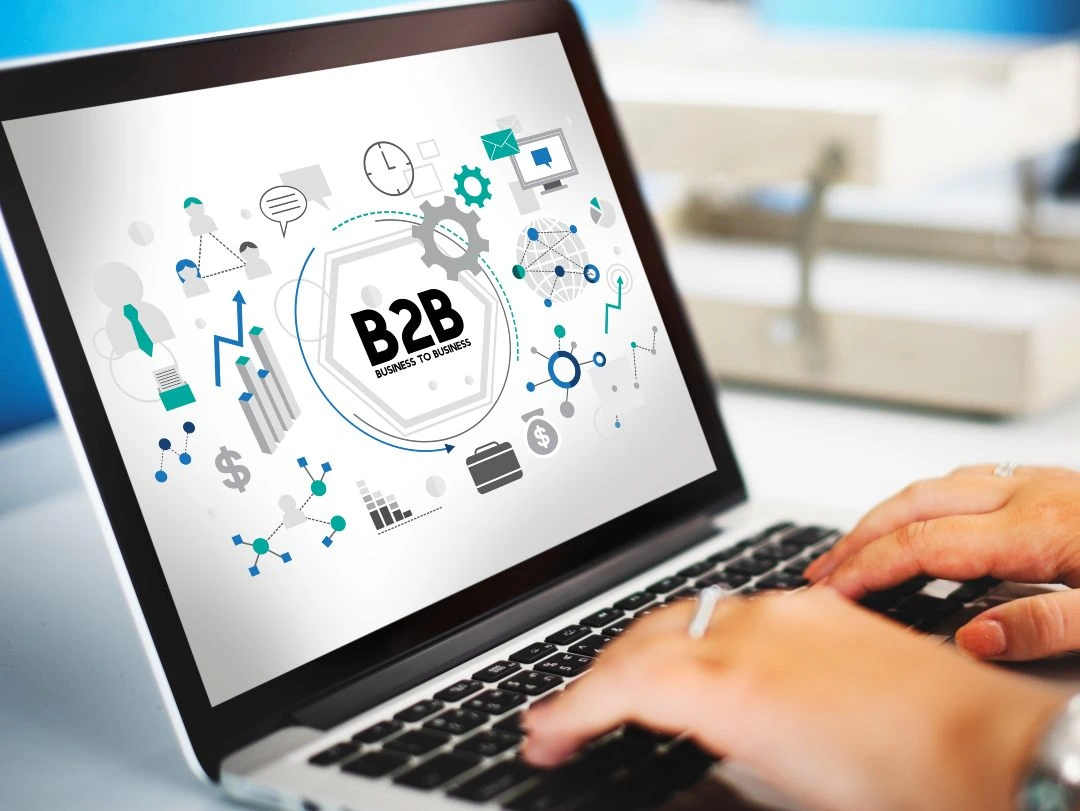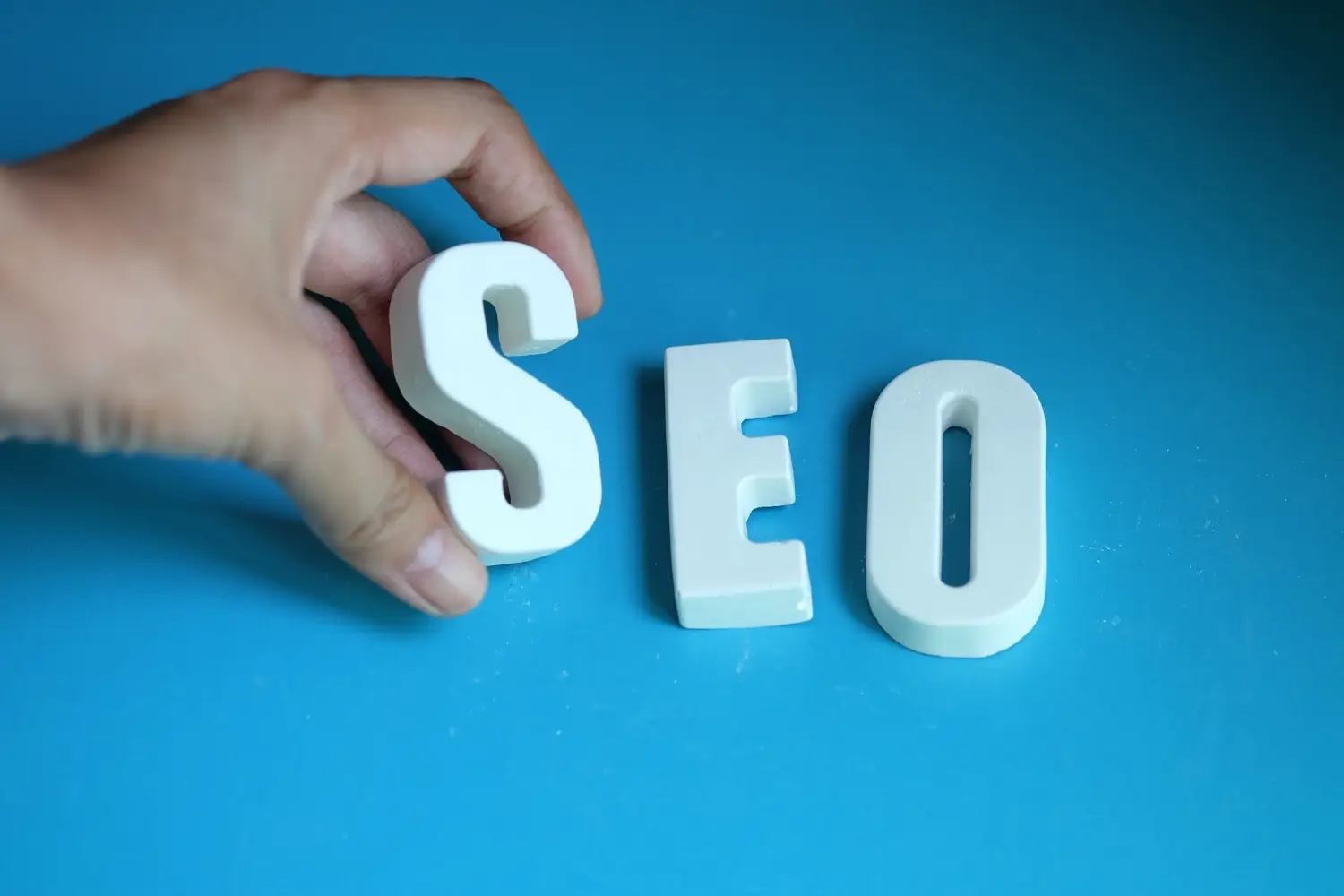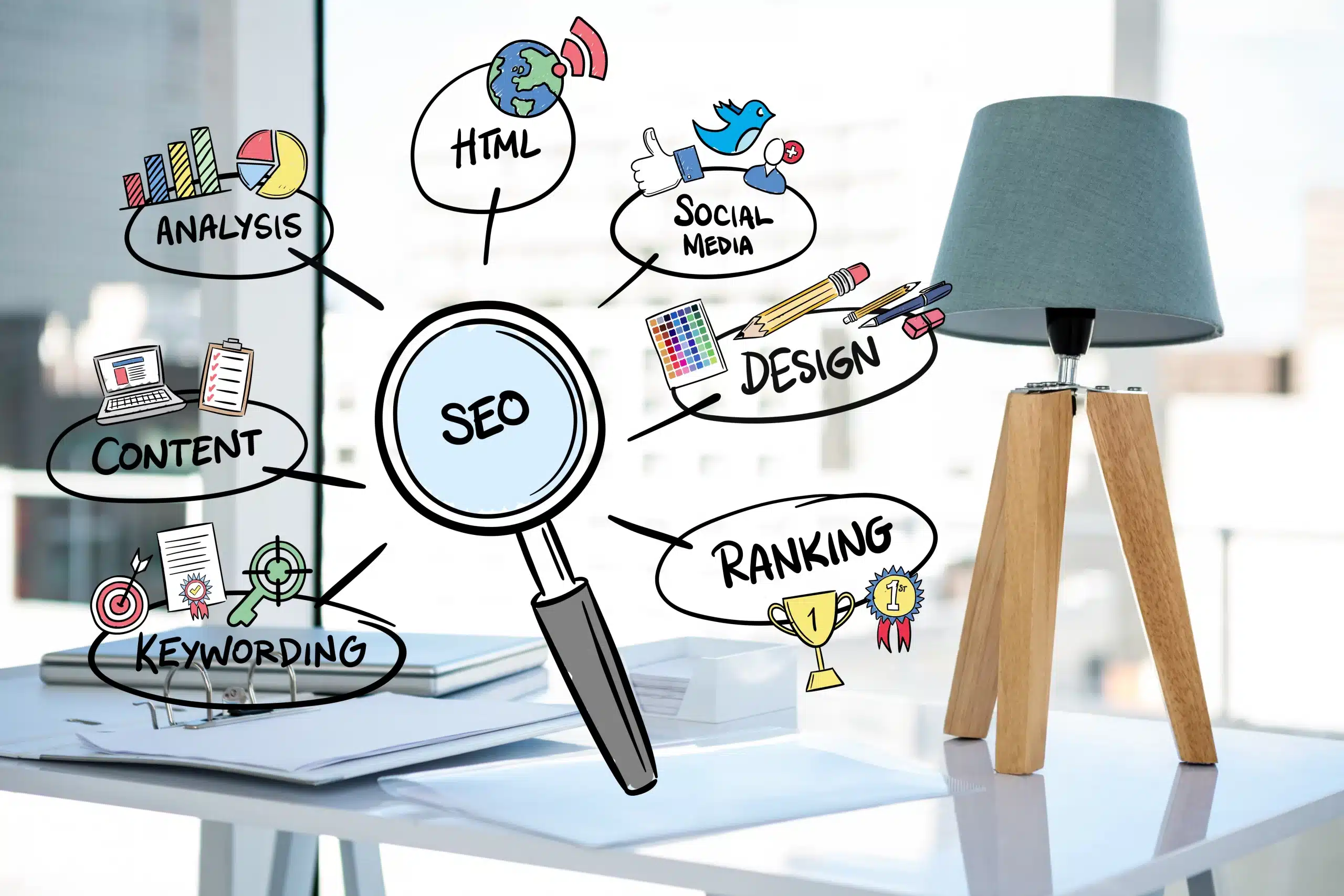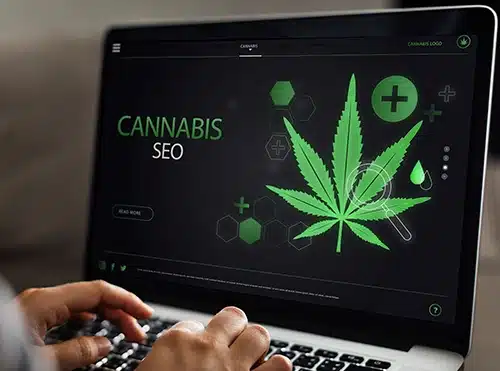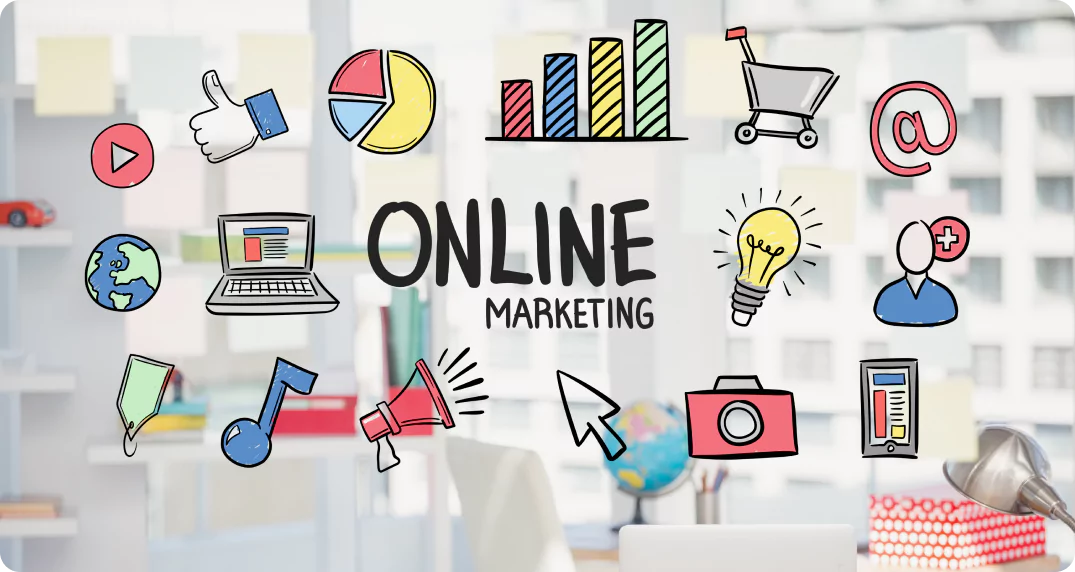Listen to article
In today’s data-driven landscape, marketers face constant pressure to demonstrate the effectiveness of their strategies. When it comes to search engine optimization, understanding SEO ROI statistics is crucial for justifying marketing spend and making informed decisions.
How much bang are you truly getting for your SEO buck? Is it possible to measure the real impact of your SEO efforts on your bottom line?
This article dives deep into the world of SEO ROI, exploring benchmarks across various industries, the impact of content marketing, the influence of AI, and the importance of local and mobile optimization. By understanding these SEO ROI statistics, you can fine-tune your approach, allocate resources wisely, and drive significant growth for your business.
Industry-Specific SEO ROI Trends and Insights

Source: FirstPageSeo
SEO remains one of the most cost-effective marketing strategies, offering businesses unparalleled opportunities to drive organic traffic and build long-term visibility. Yet, the real magic of SEO lies in its ability to adapt to industry-specific demands. By knowing the benchmarks and ROI potential within your sector, you can set realistic goals and fine-tune your campaigns for maximum impact. Below, we break down data-driven insights on SEO ROI across different industries, revealing why tailoring your approach can be the key to unlocking extraordinary growth.
- On average, businesses can earn over $22 for every dollar invested in SEO. Source
- The real estate industry leads the way with a staggering 1,389% ROI and a breakeven point at 13 months. Source
- The B2B SaaS sector achieves an impressive 702% ROI with a notably quick breakeven period of just 7 months. Source
- eCommerce businesses report a 317% ROI from SEO, with breakeven occurring around the 16-month mark. Source
- SEO campaign effectiveness varies widely: basic content marketing campaigns achieve a modest 16% ROI, while technical SEO campaigns generate 117% ROI within 6 months. The shining star of SEO strategies is thought leadership campaigns, offering an impressive 748% ROI with a breakeven point of 9 months. Source
- Link-building campaigns also remain a cornerstone of SEO success, with 78% of SEO professionals reporting solid returns. Source
Key Takeaway
The numbers don’t lie—SEO offers transformative potential across industries, but the key lies in aligning your efforts with sector-specific demands. For industries with long sales cycles, such as real estate or solar energy, patience is key, as their break-even points are further out but deliver massive ROIs. Conversely, fast-paced sectors like B2B SaaS can leverage shorter timeline strategies to see swift results. The type of campaign you pursue also matters—invest in thought leadership or technical SEO to amplify your ROI, especially in competitive industries.
Pro Tip:
Don’t underestimate the power of data-driven adjustments. Use tools like Google Analytics and search intent analysis to consistently measure, refine, and adapt your campaigns. Top SEO agencies follow this exact approach—because SEO performance isn’t static, and being responsive to changing search behaviors will keep your strategy ahead of the curve.
How Content Marketing and Blogging Drive SEO Success
When it comes to increasing your website’s visibility and driving meaningful traffic, content marketing and blogging remain unmatched tools. They not only attract and engage potential customers but also serve as the backbone of a successful long-term SEO strategy. However, it’s not just about producing content—it’s about leveraging data-driven tactics to ensure that every piece of content maximizes its ROI. Let’s dive into the numbers that showcase the profound impact of content marketing and blogging:
- 70% of marketers state that blog articles deliver the best ROI during the early stages of lead generation, proving that blogs remain a cornerstone for attracting new prospects. Source
- Updating high-performing blog posts can result in a remarkable 146% increase in traffic. This highlights how refreshing existing content keeps your website dynamic and relevant to search engine algorithms. Source
- Blogs that integrate video marketing earn three times more inbound links compared to text-only articles, making multimedia content a powerful weapon for boosting SEO through backlinks. Source
Key Takeaway
The stats make one thing clear: content marketing and blogging are foundational to not just attracting visitors but converting them into engaged leads. But to stay competitive, relying on static strategies isn’t enough. Consistent updates, strategic inclusion of multimedia (like videos), and a focus on high-performing topics are what drive results in today’s content landscape. Think of your blog as a living resource—continually evolving to meet the needs of your audience and search engines alike.
Pro Tip:
Create a content refresh calendar to systematically review and optimize high-performing blog posts. Look for opportunities to update outdated stats, add fresh insights, or incorporate videos and infographics to keep your content relevant and compelling. This approach—often used by providers of lead generation services—ensures your blog remains a consistent traffic and lead-generation powerhouse.
The Role of Content Frequency in Boosting SEO ROI
How often you publish content can be a game-changer when it comes to SEO performance. Regular content updates not only demonstrate to search engines that your website is active and relevant but also keep your audience engaged. A structured approach to content frequency can help you stay ahead of competitors while maximizing your SEO investment. Here are some statistics that illustrate the powerful connection between consistent content creation and improved rankings:
- Businesses that publish at least 16 articles per month generate leads 4.5 times faster, showcasing how frequent publishing can supercharge lead generation. Source
- Over half (55%) of content marketers report that publishing content frequently positively influences their search engine rankings. Source
- 43% of marketers regularly post content multiple times a week, recognizing that weekly consistency is essential for retaining audience engagement and search relevance. Source
- Nearly half (46%) of marketers plan their content calendars two weeks to a month in advance, allowing them to maintain consistency without compromising quality. Source
Key Takeaway
In the fast-paced world of SEO, frequent and well-planned content publication is no longer optional—it’s a necessity. Search engines prioritize websites that demonstrate consistent value, and your audience expects regular, relevant updates. By committing to a content schedule and strategically aligning your publishing cadence with audience expectations, you not only boost rankings but also establish credibility and trust with both readers and search engines.
Pro Tip:
Leverage content management and planning tools like Webflow or CoSchedule to organize your publishing calendar, optimize on-page SEO, and create high-impact content that elevates your SERP performance. Additionally, consider repurposing long-form content into multiple shorter pieces to maintain frequency without overwhelming your team.
Why Long-Form Content and Quality Writing Are Essential for SEO Success
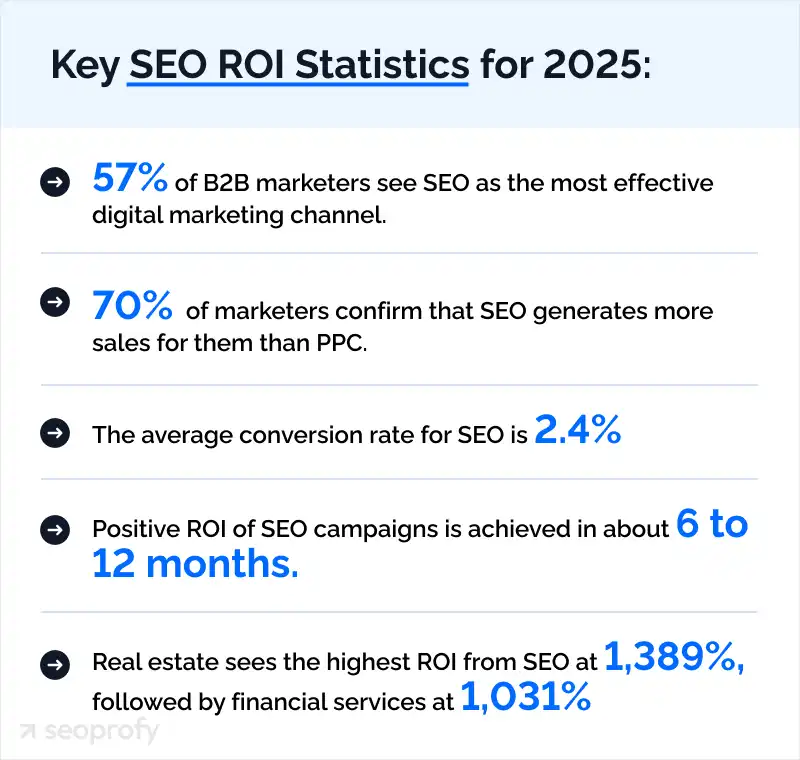
Source: SEOProfy
In a world where algorithms are constantly evolving and user intent shapes search results, one thing remains clear: quality content is king. Long-form, in-depth articles are no longer just a “nice-to-have”—they’re a strategic necessity for brands looking to rank higher and engage their audience. Beyond quantity, the level of thoughtfulness and expertise you bring to your content can be a game-changer for SEO and user trust.
- According to a survey by Growthbar, 60% of respondents believe that long-form content has the most impact on SEO. Source
- 57% of survey participants stated that content creation plays the biggest role in SERP ranking, while 33% believe backlinking has a greater impact on SEO. Source
- Bloggers now spend 60% more time developing posts than they did 10 years ago, reflecting the increased effort required to produce high-quality content. Source
Key Takeaway
The takeaway? While creating long-form content demands more resources and effort, the payoff in SEO rankings, engagement, and audience trust is undeniable. Instead of focusing on quick outputs, prioritize depth, originality, and a user-first approach. Search engines reward content that serves a purpose, answers real questions, and keeps readers engaged longer.
Pro Tip:
Combining length and quality isn’t enough—ensure your content is structured for readability. Use clear headings, bullet points, and visuals to break down complex information, and optimize for keywords naturally. This not only enhances user experience but also signals search engines that your content is authoritative and user-friendly.
How AI and Automation Are Reshaping SEO and Content Creation
Artificial intelligence (AI) and automation aren’t just trends—they’re game-changers fundamentally altering the SEO and digital marketing landscape. Marketers are increasingly relying on these technologies to streamline processes, enhance content quality, and deliver hyper-personalized user experiences. As competition tightens and demands for efficiency grow, AI and automation stand out as critical tools for maximizing ROI in search marketing.
- The global AI market is set to skyrocket, projected to hit $184 billion in 2024, up from $142.3 billion in 2023. Source
- With an expected compound annual growth rate (CAGR) of 36.6% from 2024 to 2030, AI adoption is becoming a cornerstone of marketing strategies worldwide. Source
- By 2030, the AI market is anticipated to exceed $826 billion as industries pour resources into automation and AI tools. Source
- An impressive 67% of small businesses are already leveraging AI to enhance their SEO and content marketing efforts. Source
- A staggering 83% of marketers believe AI positively impacts their SEO strategies, improving efficiency and optimizing content creation. Source
- Generative AI has revolutionized content workflows, with 85% of marketers reporting its transformative effects and 63% predicting that most future content will rely on AI assistance. Source
- Half of B2B marketing leaders are already leveraging AI, and 75% anticipate adopting generative AI for business promotion in the near future. Source
- AI is helping 84% of marketers align web content with search intent, while 80% use it to improve user experience on their websites. Source
- Generative AI tools such as GPT-4 have been embraced by 42.2% of marketers, transforming both content creation and campaign execution. Source
- 57% of B2B companies use generative AI to accelerate content production, freeing up resources for strategic initiatives. Source
- Marketers are also turning to generative AI for creativity, with 41% utilizing it to design more engaging campaigns that resonate with audiences. Source
- AI-driven strategies are helping 35% of marketers gain a competitive edge by optimizing performance and outpacing rivals. Source
- Content marketing remains the dominant use case for generative AI, with 16% of organizations relying on it to bolster their strategies. Source
- AI-driven marketing automation is gaining ground, with 61.4% of marketers actively using AI in automated campaigns. Source
- The adoption of AI for marketing automation surged by 250% in 2023, demonstrating its undeniable impact. Source
- Businesses leveraging automation report impressive results, with 80% seeing improved lead generation. Source
- Nurtured leads from automation tools are 47% more likely to convert into customers compared to non-nurtured leads. Source
- Companies adopting marketing automation outperform 63% of their competitors. Source
- Automation tools can boost sales productivity by 12%, proving their ROI potential. Source
- By 2029, PPC automation tools are expected to reduce manual campaign management by 80%. Source
- Predictive analytics will shape 75% of PPC ad strategies by 2030, paving the way for smarter, data-driven advertising. Source
Key Takeaway
The rise of AI and automation isn’t just about efficiency—it’s about redefining what’s possible in SEO and content marketing. As these tools evolve, they empower marketers to go beyond manual tasks and focus on creativity, strategy, and data-driven decisions. From personalized content creation to predictive analytics, businesses that prioritize AI adoption are better positioned to navigate the challenges of a competitive digital space and achieve measurable ROI.
Pro Tip:
Start by embracing small, actionable AI tools—such as ones for content optimization and predictive keyword research—and scale up as you see results. Pair AI automation with a clear human oversight strategy to ensure creativity and authenticity remain at the forefront of your efforts.
The Evolving Landscape of B2B Marketing Budgets and ROI Accountability
In the competitive world of B2B marketing, budgets aren’t just increasing—they’re under the microscope. Marketing leaders are tasked with not only maximizing their spend but also demonstrating tangible value to the business. This dual pressure to both invest in growth and justify ROI has made data-driven decision-making and strategic resource allocation more critical than ever.
- The majority of B2B marketing leaders are experiencing budget growth, with 68% reporting higher budgets compared to the previous year. Source
- A significant portion of marketers are under increased scrutiny regarding their budgets and ROI, with 60% feeling more monitored than in the past. Source
Key Takeaway
Although increasing budgets signal optimism, the heightened scrutiny on performance is a clear indication of shifting priorities. It’s no longer enough to spend on initiatives that “feel” right—marketers must show quantifiable returns on every dollar spent. This means aligning efforts with high-impact strategies like SEO, tracking detailed performance metrics, and being prepared to pivot when something isn’t working.
Pro Tip:
Invest in advanced analytics tools and attribution models to accurately measure the ROI of your campaigns. By identifying the channels and strategies delivering the most significant results, you can allocate budgets with precision and confidently make the case for additional investments in the future.
Staying Ahead in the AI-Driven Search Landscape
The search engine results page (SERP) is no longer just a list of blue links—it’s a dynamic mix of AI-generated summaries, user-generated content (UGC), and evolving search trends. With AI reshaping how users receive answers and platforms like Reddit gaining prominence in search visibility, brands must rethink their SEO approach. It’s not just about ranking anymore; it’s about staying relevant in a user-first, AI-dominated ecosystem.
- By January 2025, AI Overviews featured in 30% of all search results, climbing to 74% for problem-solving queries. Source
- In early 2024, Google began prioritizing forum platforms like Reddit and Quora on SERPs. Source
- This adjustment stems from Google’s initiative to provide users with authentic, first-hand insights from community discussions, a trend that has only strengthened throughout 2025. Source
Key Takeaway
Adapting to this shift in SERPs requires a forward-thinking mindset. SEO professionals should align their strategies with AI-focused content creation and explore the untapped potential of forum-based engagement. Prioritize crafting detailed, contextually rich content that AI algorithms can pull into summaries. Simultaneously, establish a presence on high-traffic forums and niche communities to amplify visibility in user-driven conversations.
For businesses looking to maximize their ROI, a comprehensive approach that integrates SEO with other digital strategies, such as digital marketing strategies for small businesses, can provide a clearer path to sustained growth. By combining SEO efforts with broader marketing initiatives, businesses can stay ahead in this rapidly evolving search landscape.
Pro Tip:
Leverage tools like SEO-focused AI writers or content analyzers to align your content with the nuances of AI-driven search. Additionally, monitor emerging platforms or new algorithm updates, ensuring your SEO strategy evolves alongside the SERP landscape.
Harnessing the Power of Local and Mobile SEO to Maximize Business Growth
In the fast-paced digital landscape, being visible exactly where and when consumers are searching can make or break your marketing success. Local and mobile SEO have become indispensable, with smartphones serving as the primary research tool for customers seeking nearby businesses. By fine-tuning your strategy to focus on these areas, you can capture high-intent leads and convert them into valuable customers with minimal delay.
- Nearly half of all searches on Google are local, with 46% being queries focused on finding local businesses and services. Source
- Local searches drive quick action: 88% of consumers who conduct a local search call or visit a store within 24 hours. Source
- Mobile devices dominate paid search clicks, with 95% of mobile paid ad clicks coming from Google. Source
Key Takeaway
The numbers clearly underline the urgency of seizing opportunities in local and mobile SEO. For businesses, this means not only appearing in local search results but also providing an exceptional mobile browsing experience. Local searches are inherently high-intent, often indicating that a customer is already in the decision-making phase. Failing to optimize for this could mean missed revenue and reduced competitiveness, especially as mobile usage continues to shape consumer behavior.
Pro Tip:
To dominate local and mobile searches, focus on the core pillars: claim and optimize your Google My Business profile, ensure your name, address, and phone number (NAP) are consistent across all online channels, and prioritize mobile-friendly website design. Additionally, encourage customer reviews—positive feedback boosts visibility and adds credibility for local searchers. For businesses that want to scale their SEO efforts effectively, considering outsourcing SEO services can be a smart move. This allows companies to tap into expert resources while focusing on their core operations.
How Ad Fraud Impacts Your Marketing ROI—and What You Can Do About It
Ad fraud is more than just an annoyance; it’s a silent disruptor that drains marketing budgets and distorts performance metrics, creating ripple effects that hinder your ability to make informed decisions. For digital marketers striving to optimize SEO ROI, ignoring ad fraud isn’t an option. Combatting this issue isn’t just about saving money—it’s about ensuring your campaigns reach real audiences and deliver tangible results.
- Global losses due to ad fraud were estimated to reach a staggering $100 billion in 2023. Source
- Over 65% of digital marketing professionals planned to increase their budgets for ad fraud prevention tools by 2023, signaling a proactive approach to combating this issue. Source
- Projections estimate that ad fraud could cost the digital advertising industry a massive $500 billion by 2025, underscoring the urgency of addressing this problem. Source
- Advertisers who implemented fraud prevention tools experienced an average decrease of 25% in fraudulent clicks, demonstrating the effectiveness of these measures. Source
Key Takeaway
Ad fraud isn’t going away anytime soon, and the projected financial impact is only growing. However, there’s a silver lining: businesses who proactively adopt fraud prevention tools are already seeing tangible improvements. Beyond reducing wasted spend, these tools ensure your campaigns engage real users and generate meaningful results. But the work doesn’t stop there—routine analytics reviews and tight campaign monitoring can help you stay ahead of fraudsters, keeping your data clean and actionable.
Pro Tip:
When choosing an ad fraud prevention tool, look for solutions that provide real-time fraud detection and offer detailed reporting. This allows you to act quickly and make smarter decisions about campaign optimization before fraud has a chance to eat into your returns.
ROI Potential with Amazon Advertising
As e-commerce continues to reshape the way consumers shop, Amazon has become a powerhouse for advertisers aiming to achieve measurable returns. With its massive audience of ready-to-buy users and data-driven ad solutions, Amazon offers a unique blend of high-intent traffic and strong conversion rates. For brands looking to amplify their visibility and sales while indirectly strengthening their SEO strategies, tapping into Amazon’s advertising ecosystem is a strategic move that pays off.
- Sponsored Products ads on Amazon deliver the highest sales-per-click performance. Source
- Sponsored Products and Sponsored Brands ads on Amazon convert at rates over three times higher than Google Shopping ads. Source
- A notable 85% of ad spending on Amazon is dedicated to Sponsored Products. Source
Key Takeaway
Amazon advertising is more than just a complementary channel—it’s a high-performance platform that helps brands tap into the intent-driven traffic of one of the largest online marketplaces. Its ability to generate superior sales-per-click and conversion rates makes it a critical tool for ensuring your products not only sell but remain visible in the competitive e-commerce landscape. As consumers increasingly turn to Amazon as a first stop for product searches, integrating its advertising solutions can indirectly fuel your SEO efforts by boosting your brand’s overall discoverability and credibility.
Pro Tip:
To maximize the ROI from Amazon ads, focus on optimizing your product listings with targeted keywords, high-quality visuals, and persuasive yet concise descriptions. Tools like Sellics or Helium10 can help you fine-tune your ads and track performance, ensuring your campaigns remain data-driven and impactful.
Maximizing ROI Through Strategic Social Media Content Distribution
Social media has transformed the way brands connect with their audiences, making it an indispensable tool in any content marketing strategy. However, not all platforms yield the same return on investment (ROI). Success lies in identifying where your target audience spends their time and tailoring your approach accordingly. Whether you’re targeting professionals, Gen Z shoppers, or a general audience, understanding the strengths of each platform is essential for driving meaningful engagement and ROI.
- Social media is the primary channel for Gen Z and Millennials to discover new products online, making it a vital investment for marketers looking to tap into these younger, digital-savvy demographics. Source
- For B2B marketing, LinkedIn stands out as the most effective platform for generating high-quality leads, thanks to its professional and business-focused user base. Source
- Platforms like Facebook, Instagram, and TikTok consistently provide top-tier ROI for marketers aiming to engage a broader, more diverse audience. Source
Key Takeaway
To truly capitalize on social media’s potential, it’s not just about being present—it’s about being relevant. Each platform offers unique opportunities, but their effectiveness depends on how well you align your content with both the platform’s norms and your audience’s preferences. For example, LinkedIn posts that highlight thought leadership will outperform overtly promotional content, while TikTok’s audience thrives on creative, bite-sized, and highly visual storytelling.
Pro Tip:
Experiment with platform-specific content strategies, such as using polls or videos on LinkedIn for engagement, Instagram Stories for real-time updates, or trending soundtracks on TikTok to increase visibility. Diversify your approach and continuously analyze performance metrics to refine your social media marketing efforts.
Conclusion
The power of SEO lies not only in its ability to drive organic traffic but also in its unparalleled ROI potential across industries. From the impressive returns witnessed in real estate and B2B SaaS to the growing impact of content marketing, AI advancements, and local SEO, the data speaks for itself: a well-executed SEO strategy is a critical asset for businesses striving to thrive in today’s competitive landscape.
However, the journey to achieving optimal SEO ROI isn’t one-size-fits-all. It requires a tailored approach—one that aligns with your industry trends, customer behavior, and evolving search engine dynamics. Whether it’s leveraging long-form content, automating campaigns with AI, or optimizing for mobile and local searches, staying ahead of these trends can mean the difference between average results and exceptional growth.
If you’re ready to boost your traffic and grow your website, your customers are looking for you, and our SEO services can help you be found across search engines. Let’s turn your SEO strategy into a high-performance engine for sustainable success. Contact us now—start maximizing your ROI today!
About Understanding SEO Return on Investment: Stats That Justify Your Spend
This guide was written by the Scopic Studios team and reviewed by Araksya Hakobjanyan, SEO Lead at Scopic Studios.
Scopic Studios delivers exceptional and engaging content rooted in our expertise across marketing and creative services. Our team of talented writers and digital experts excel in transforming intricate concepts into captivating narratives tailored for diverse industries. We’re passionate about crafting content that not only resonates but also drives value across all digital platforms.
Note: This feature blog’s image are sourced from Freepik.




